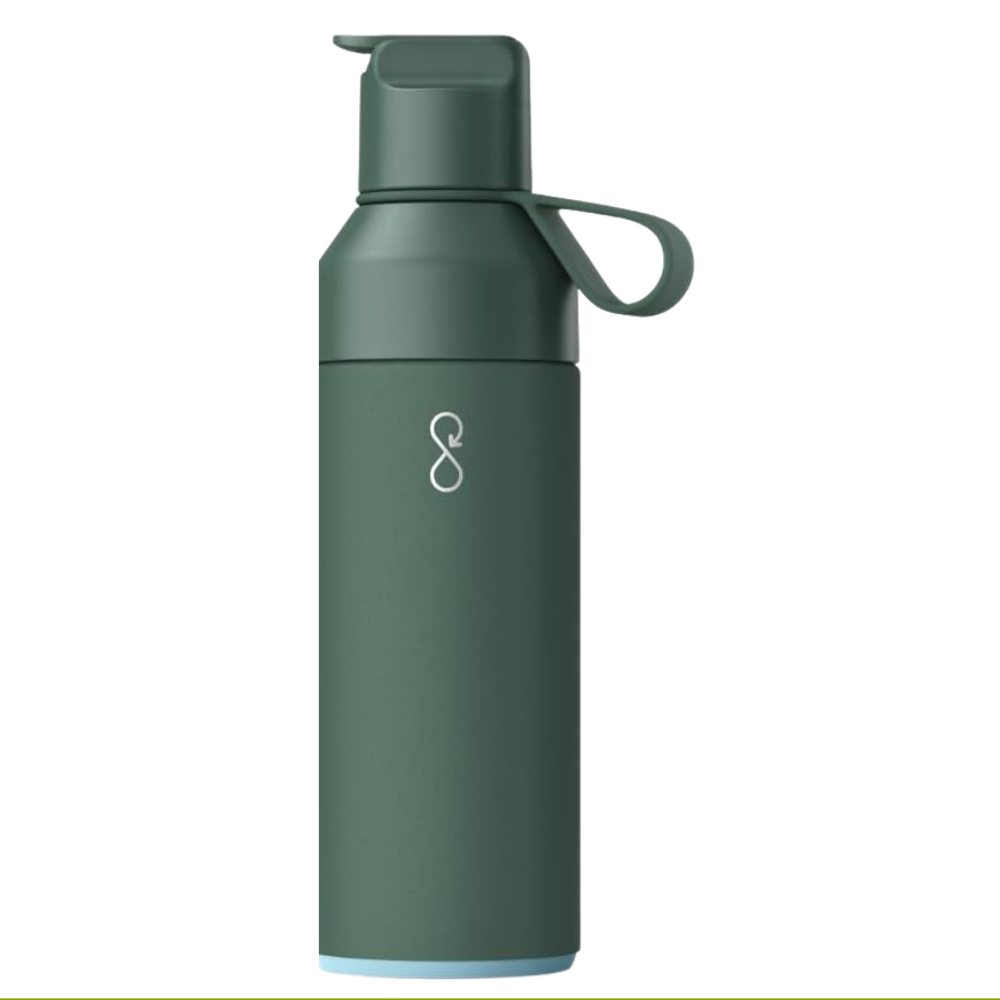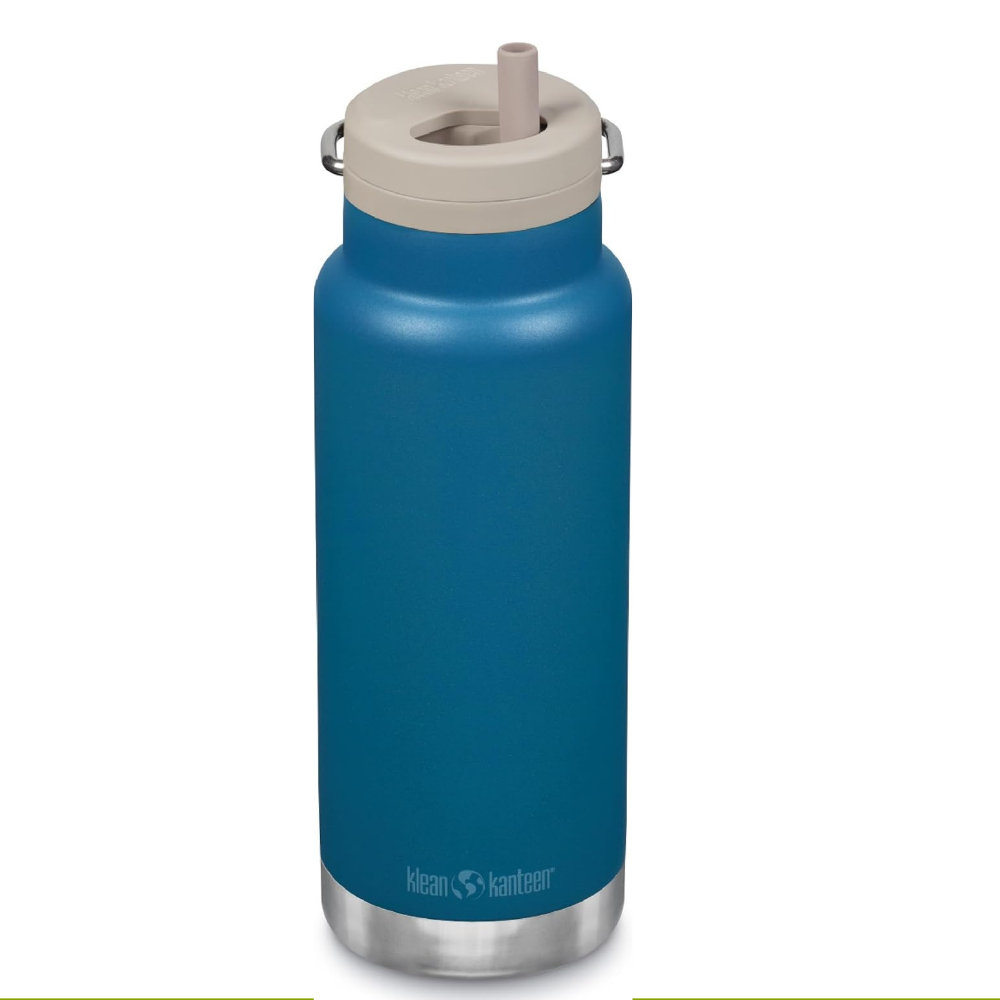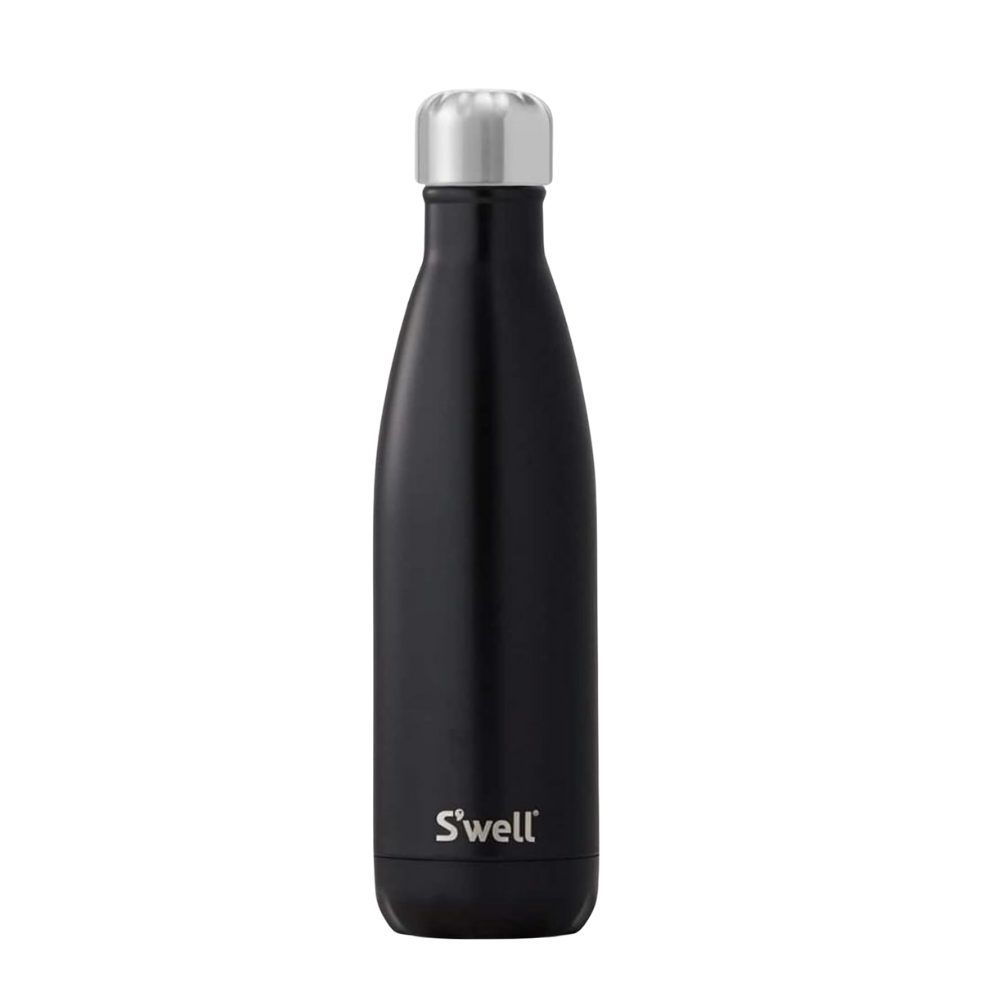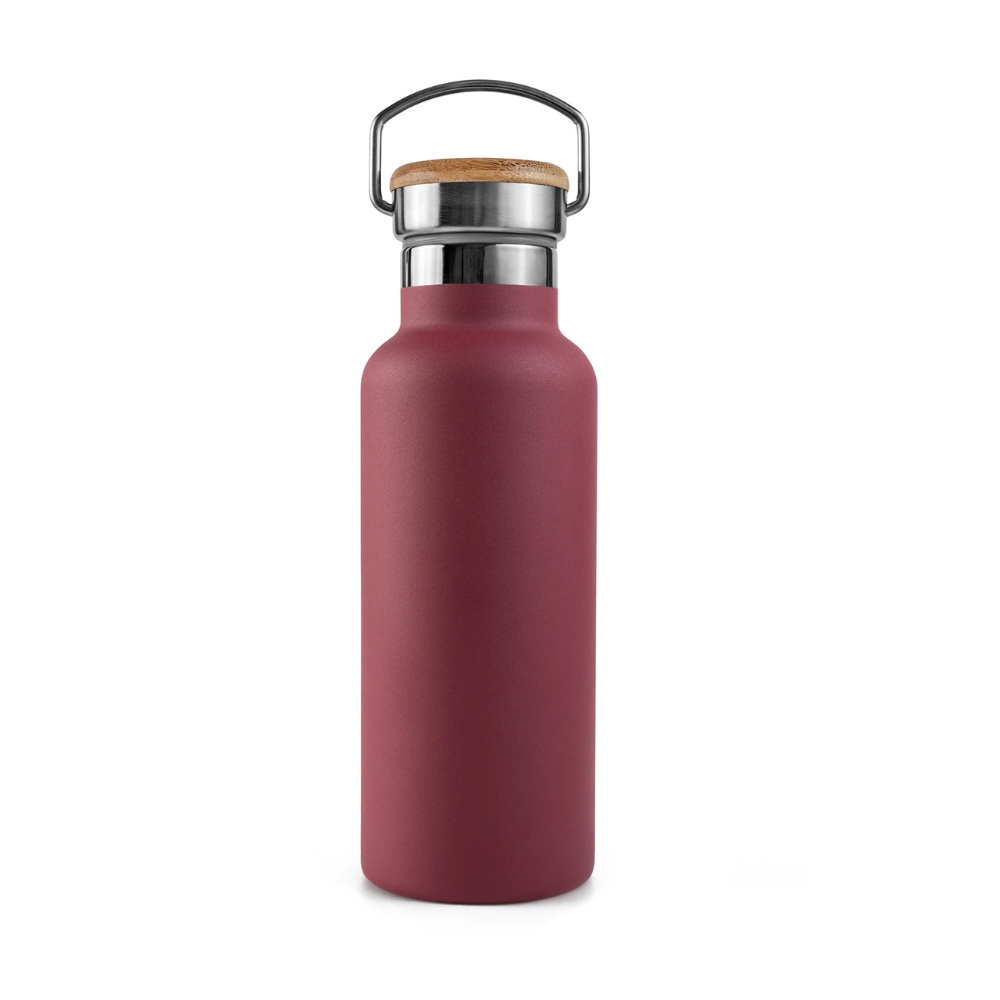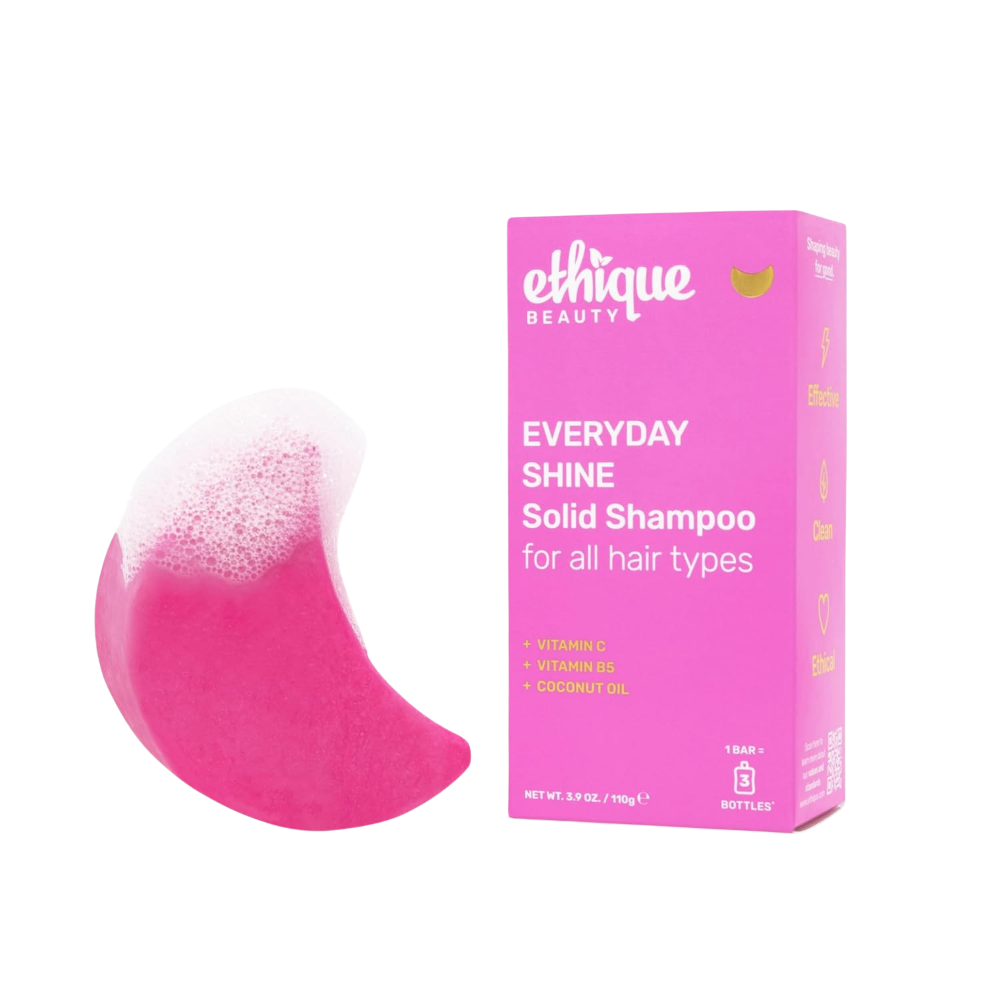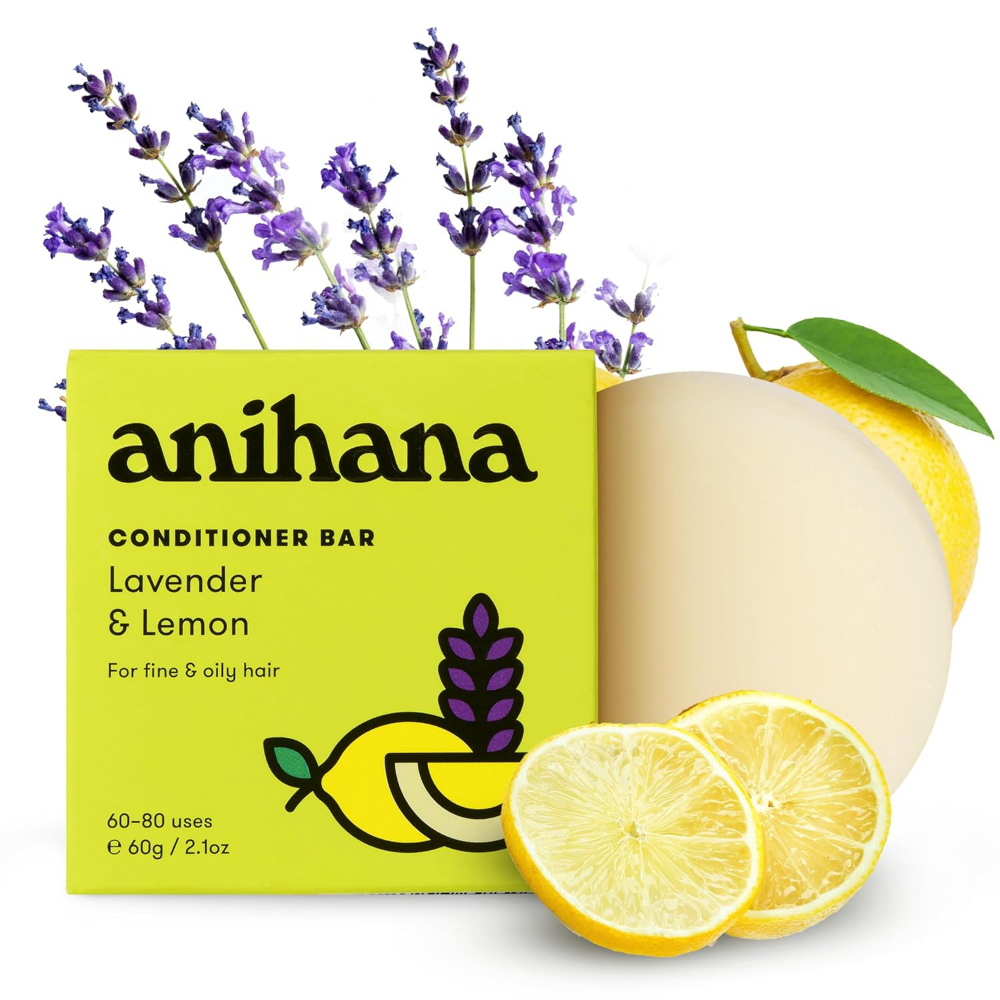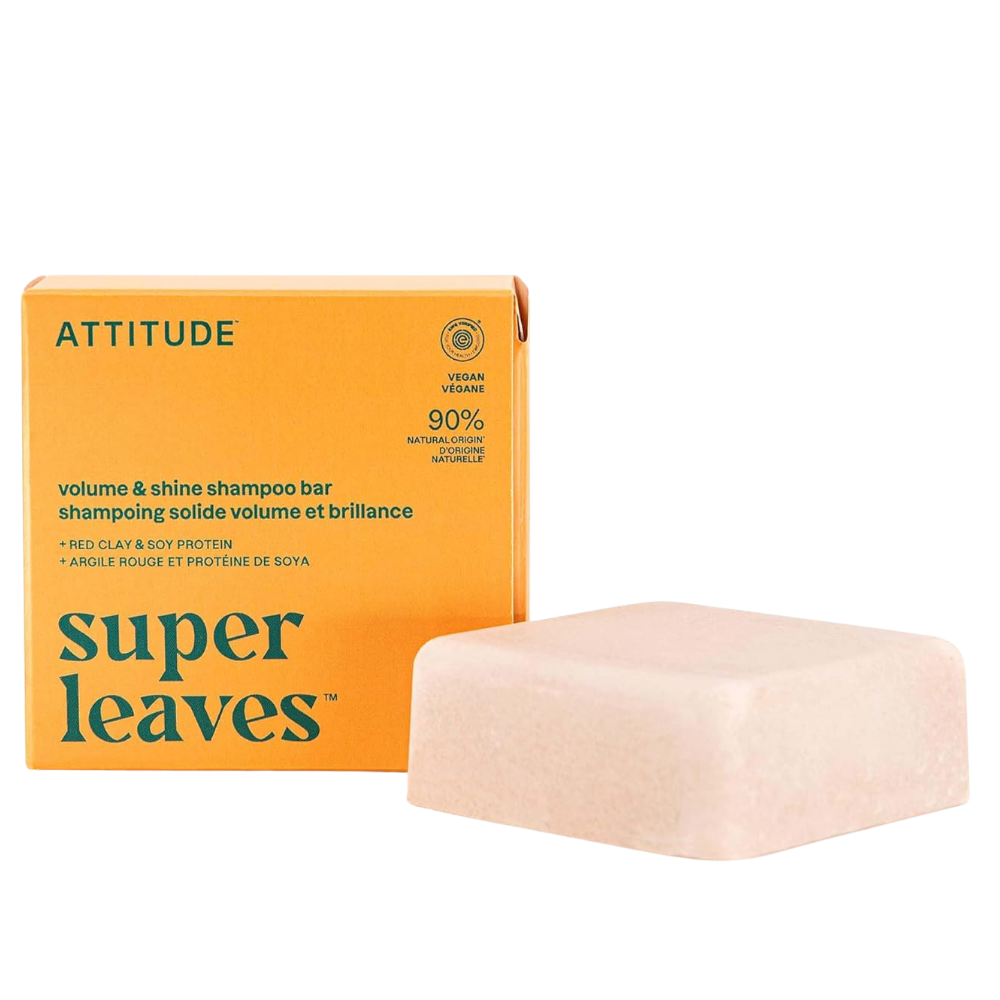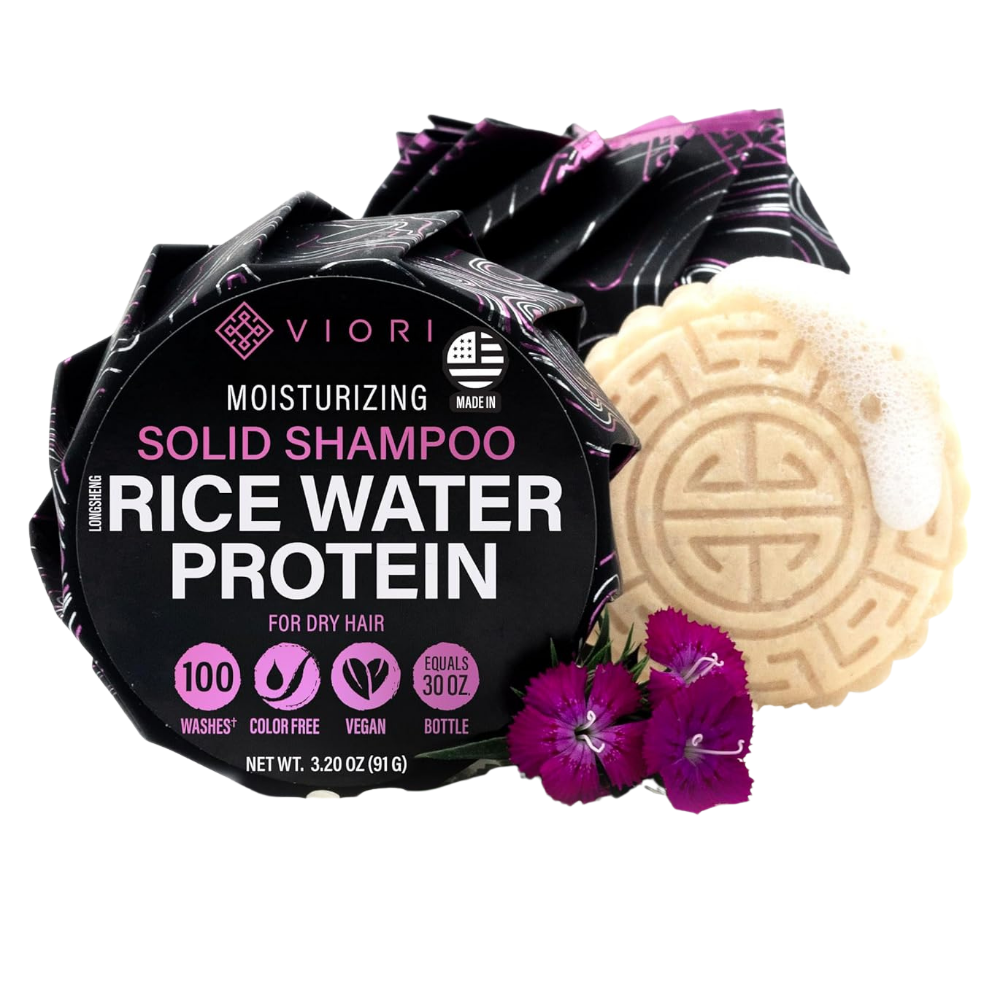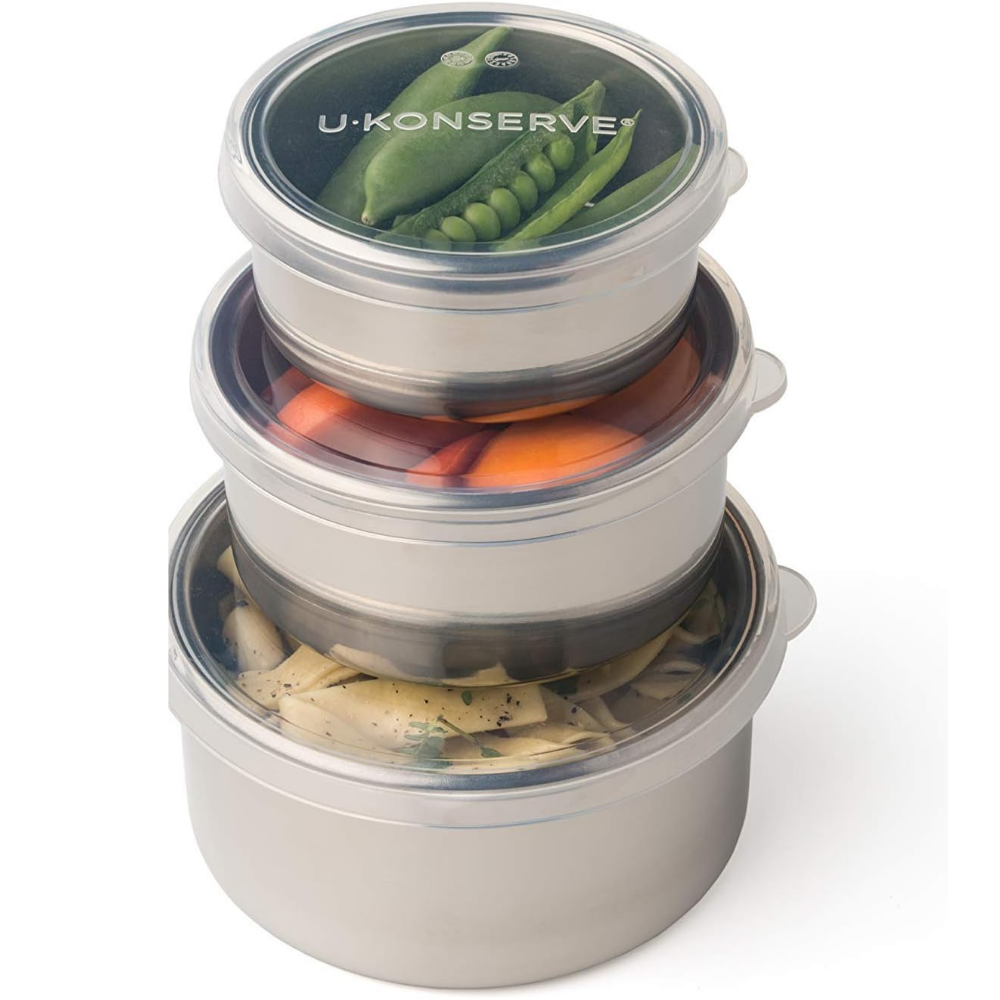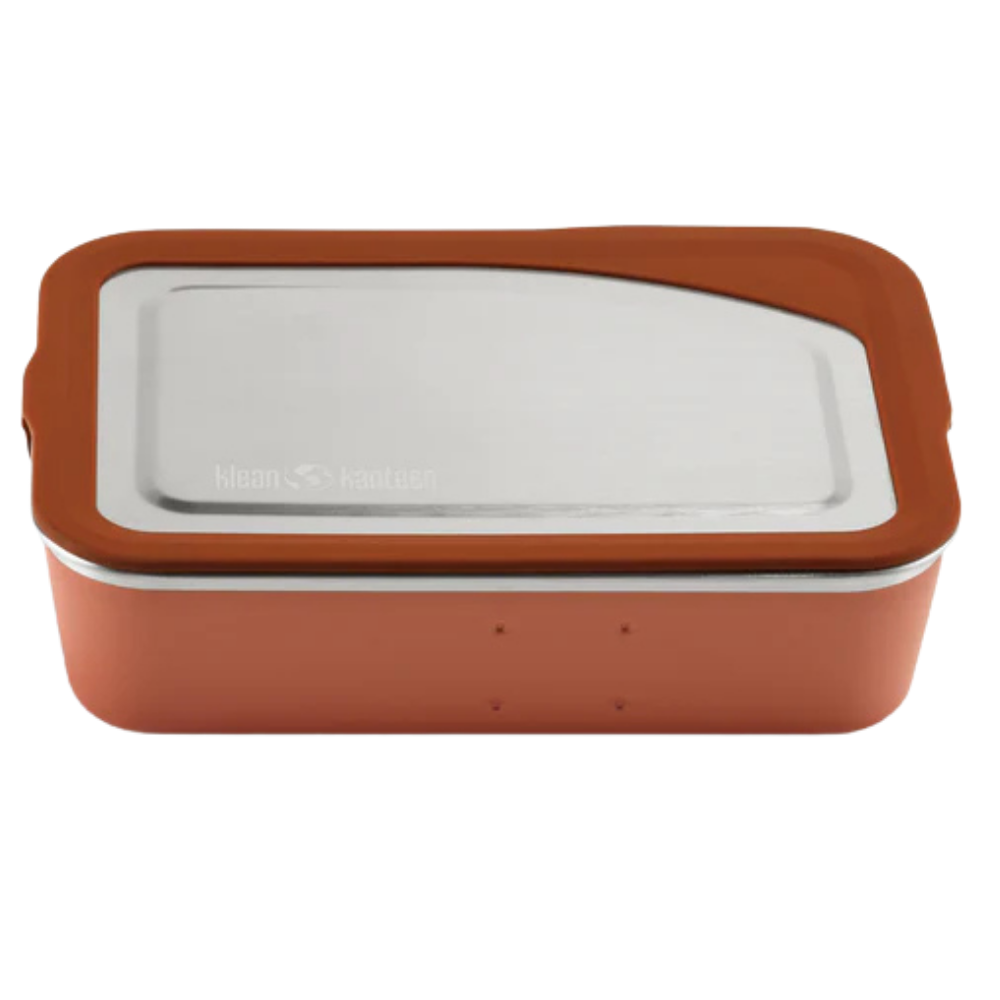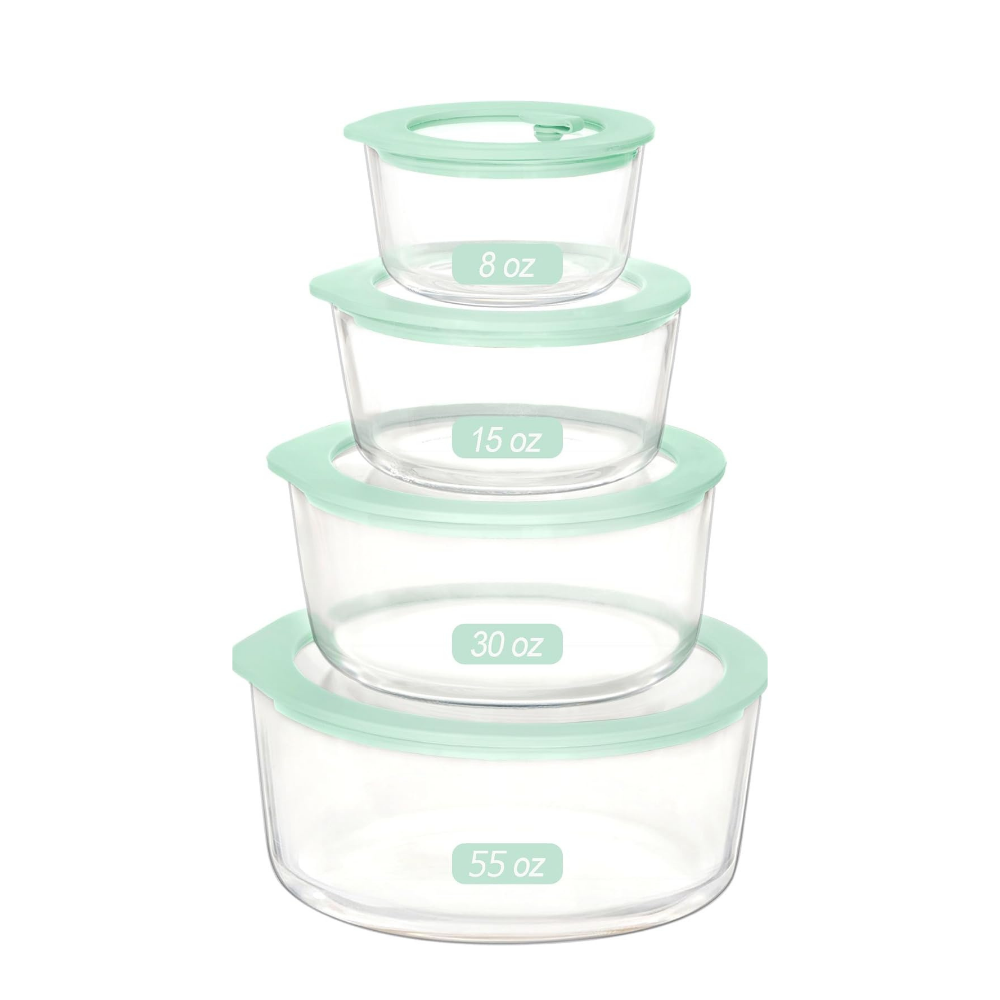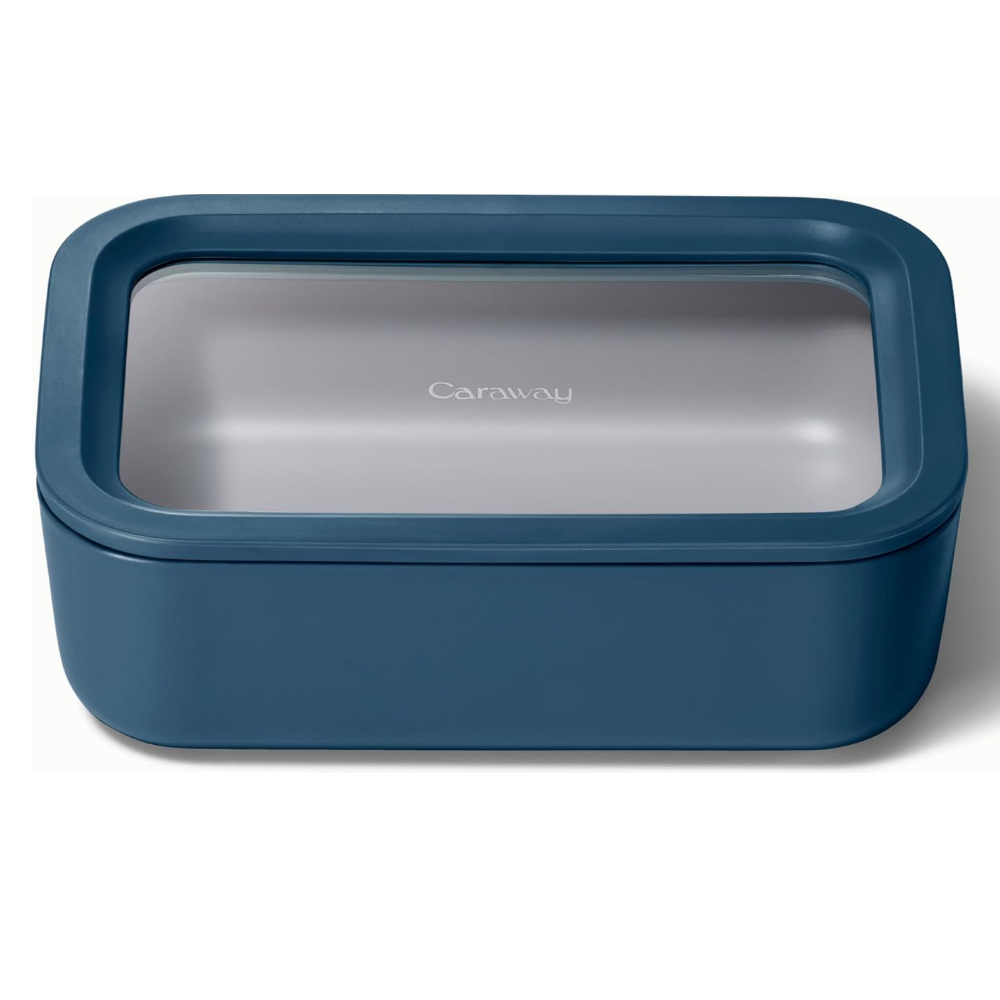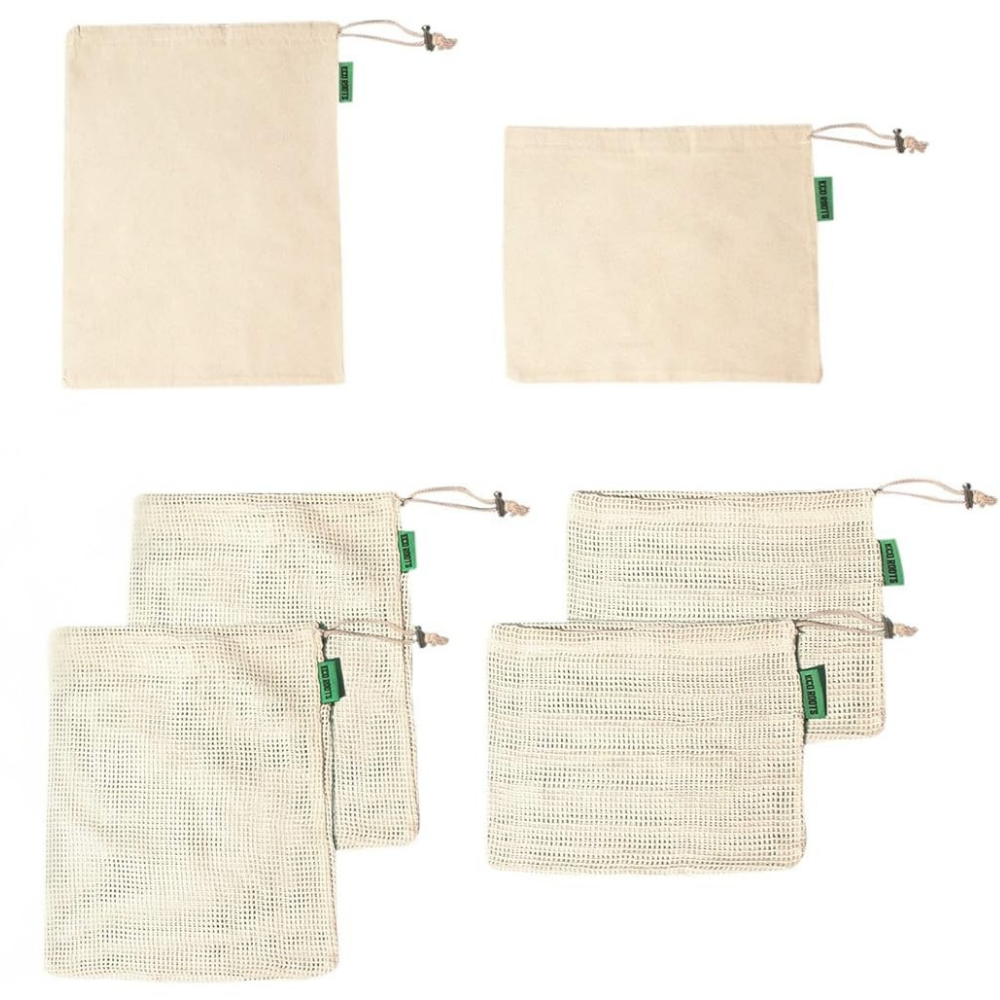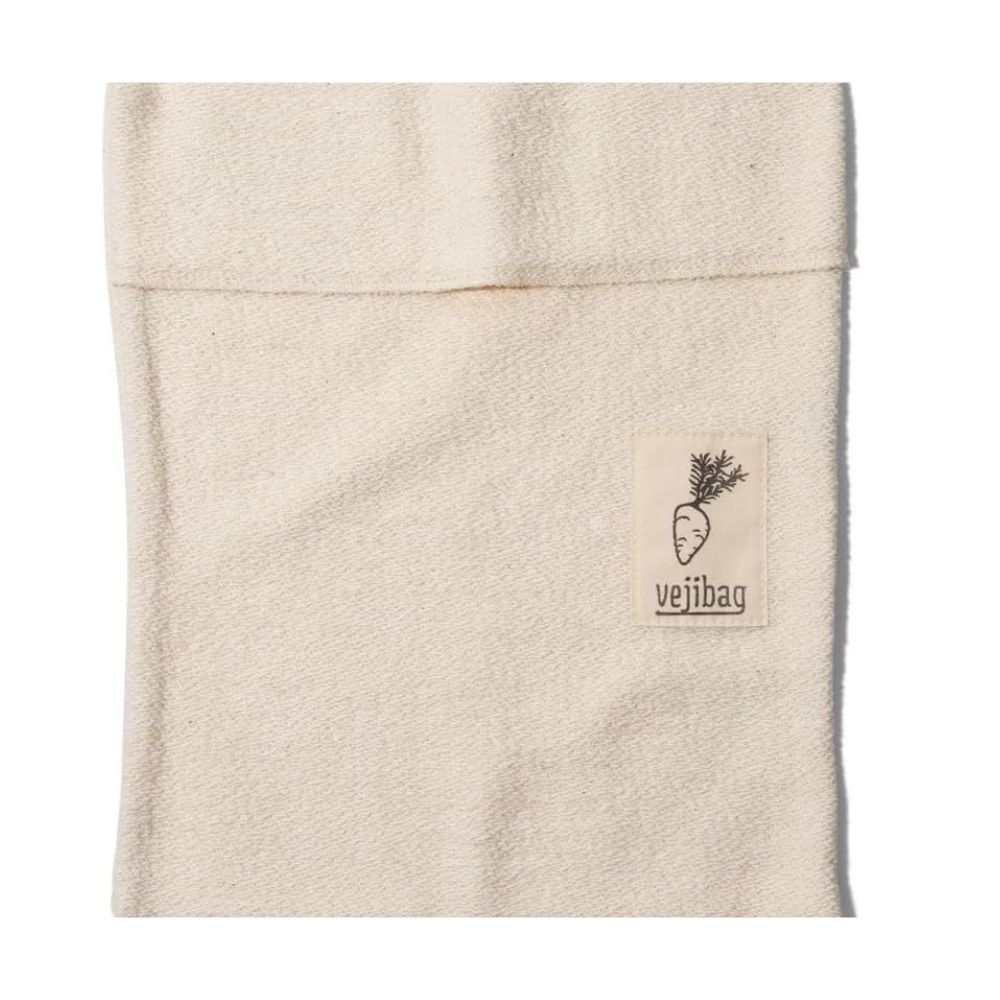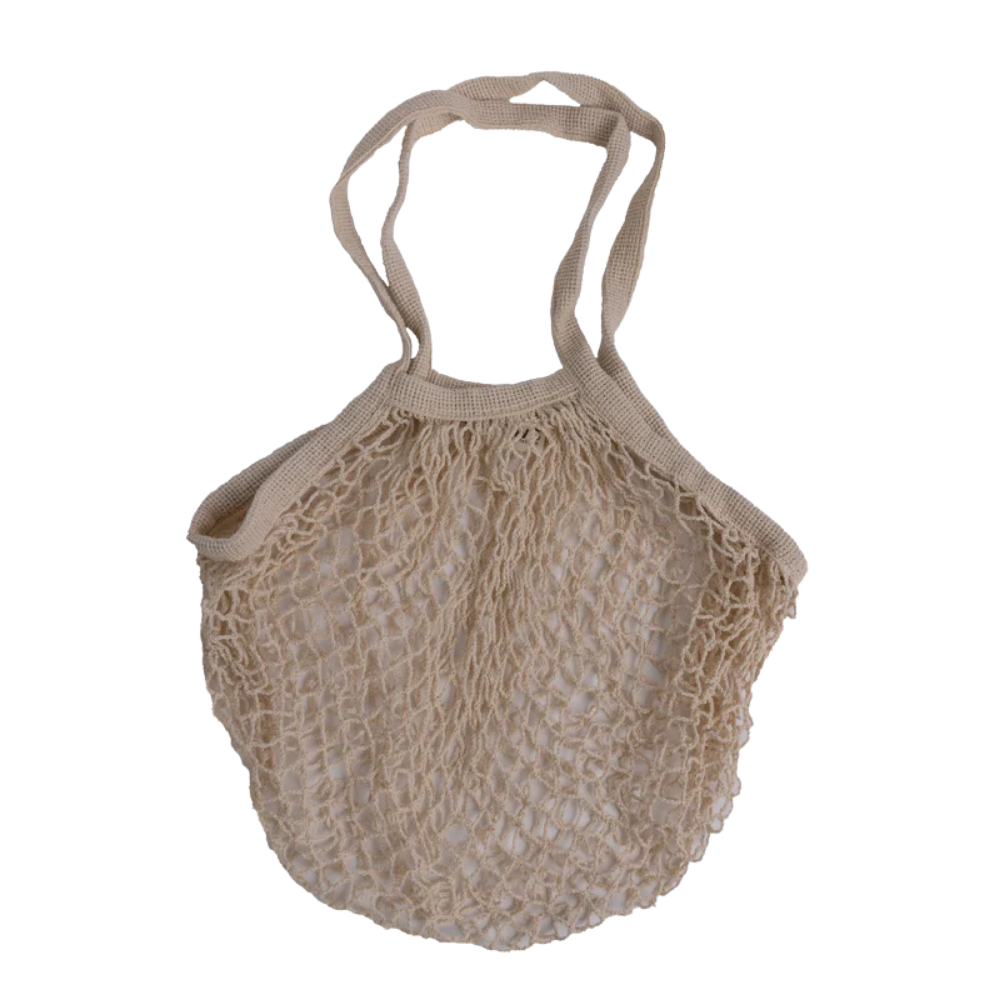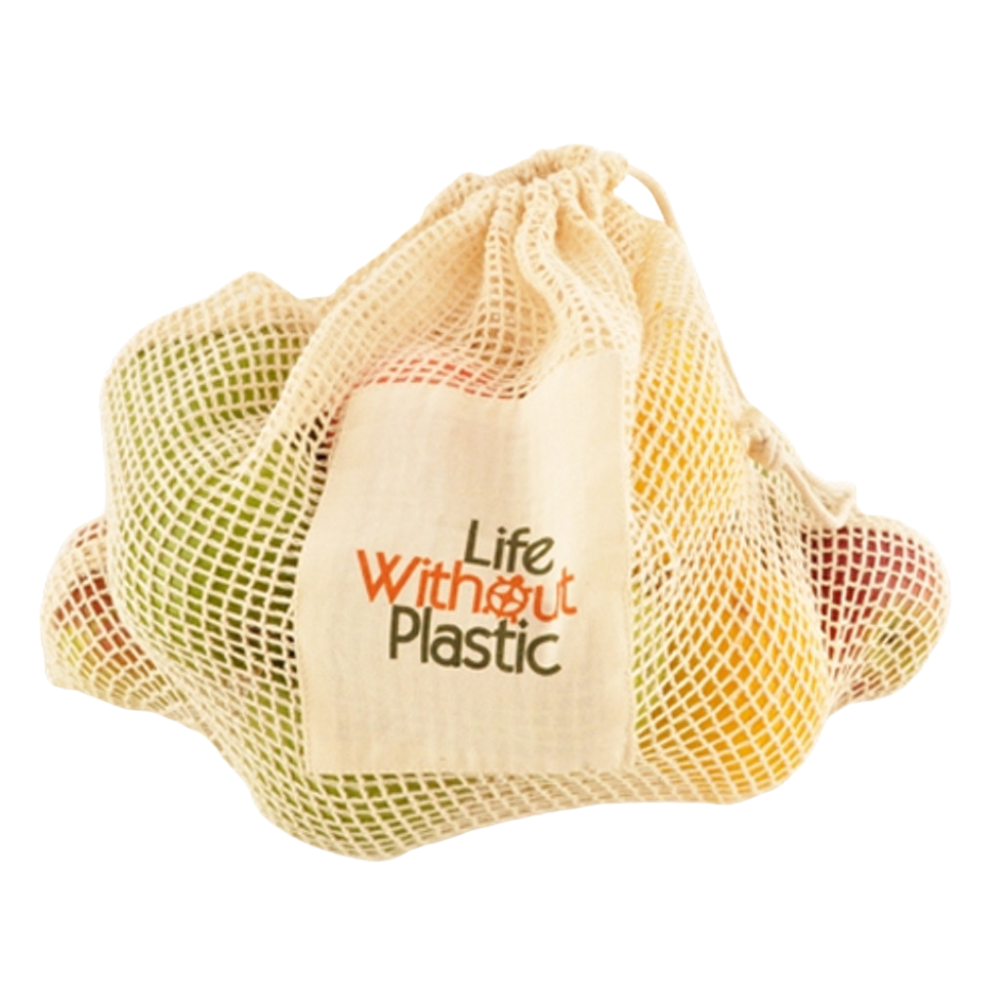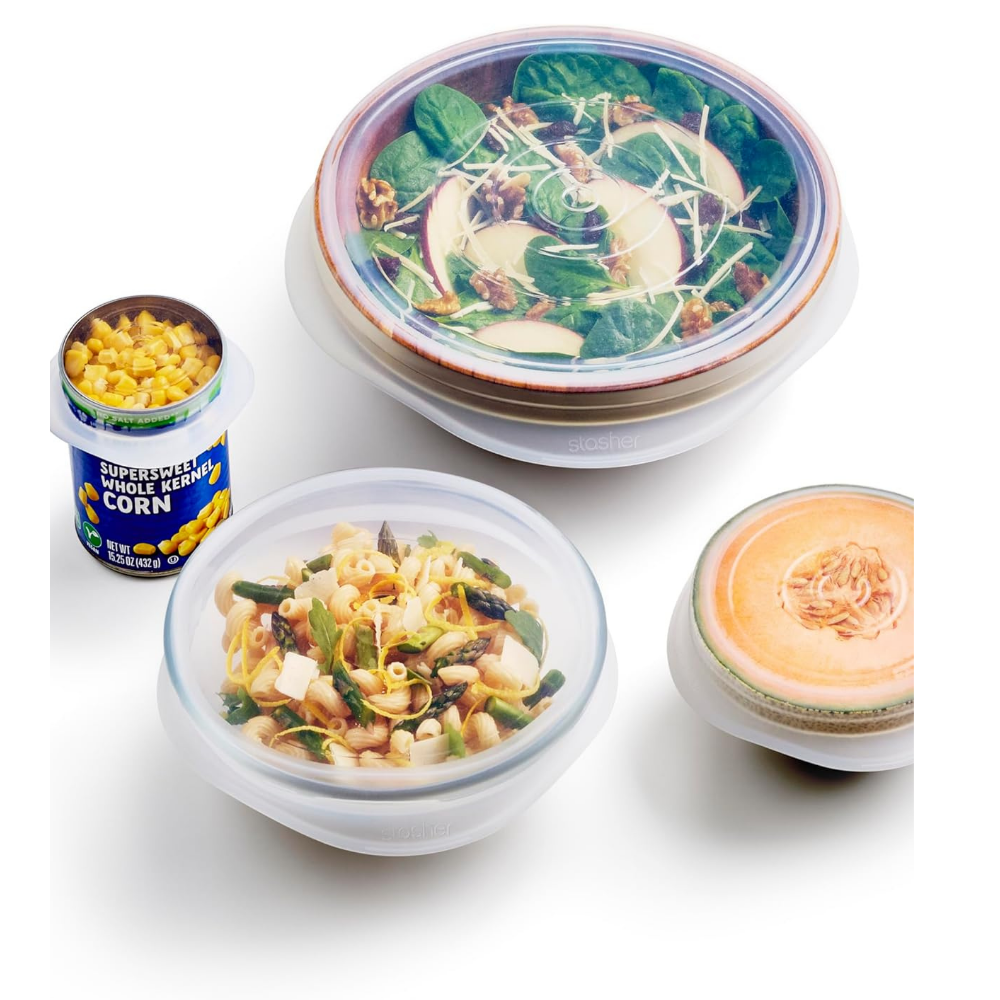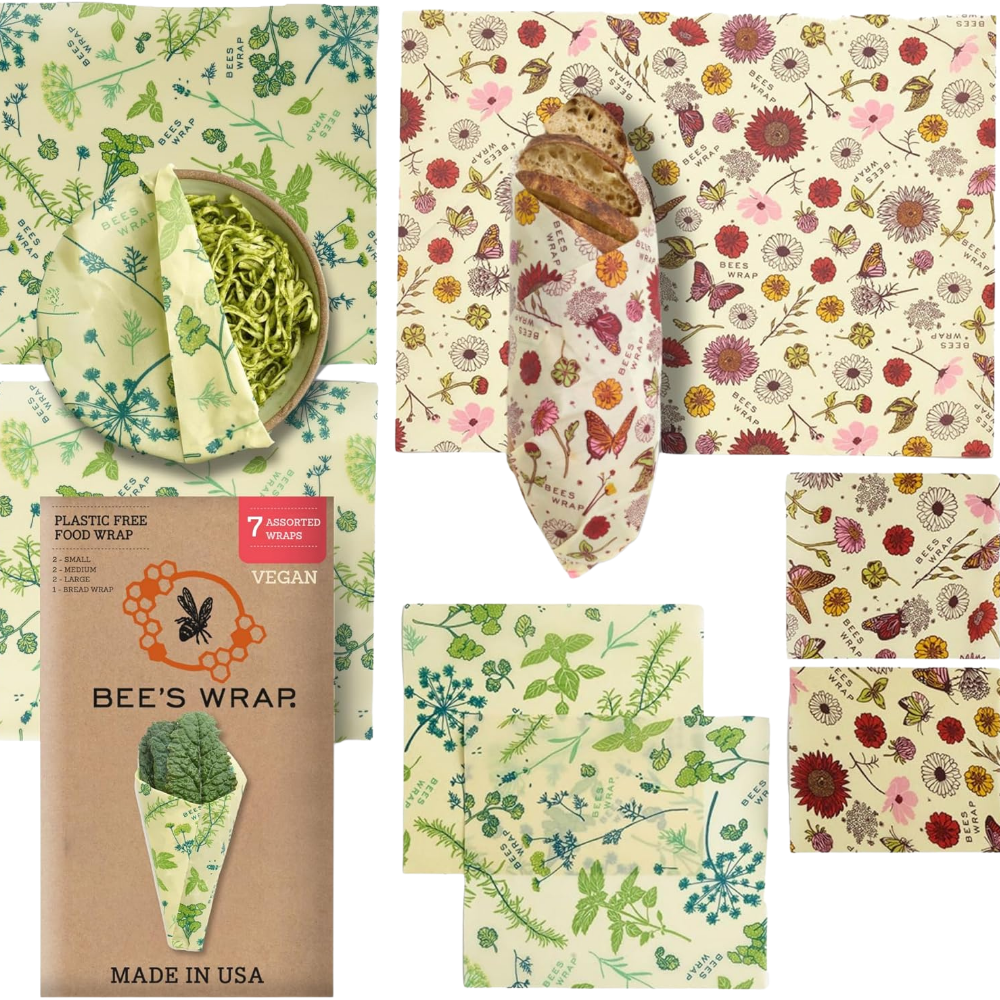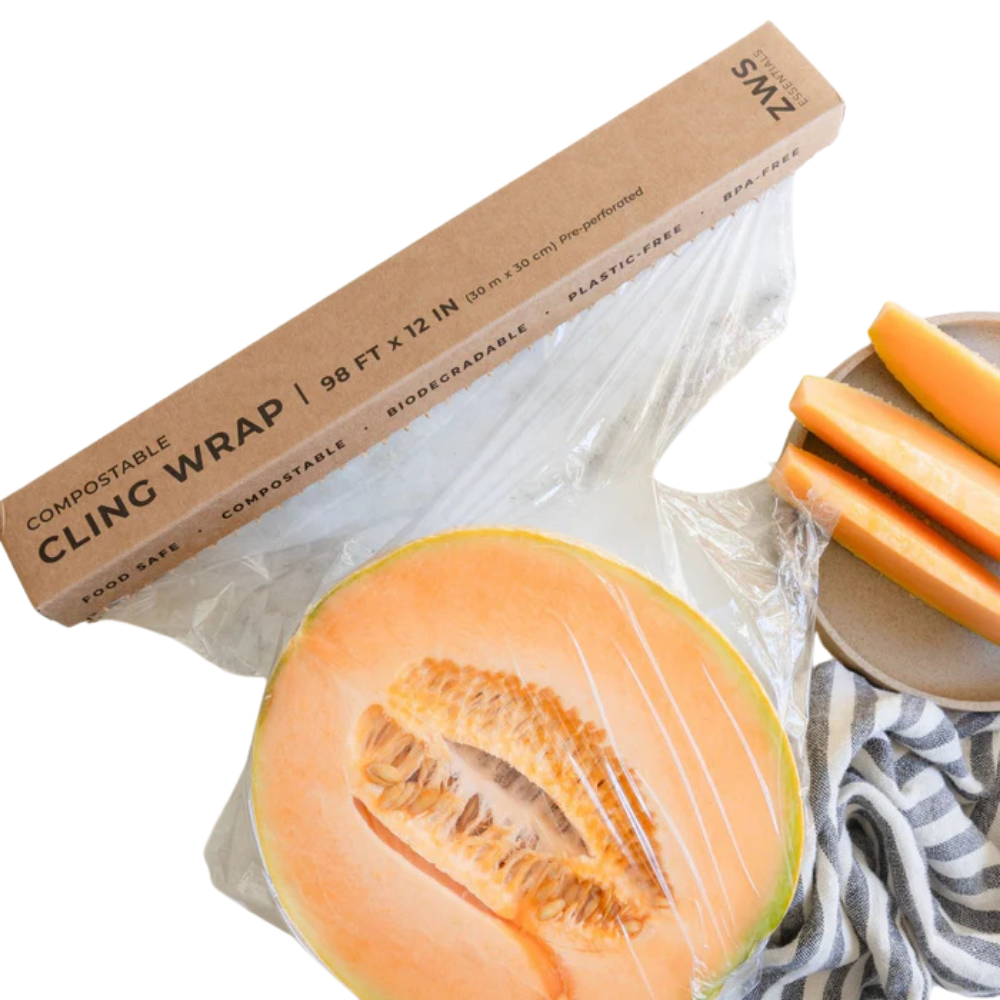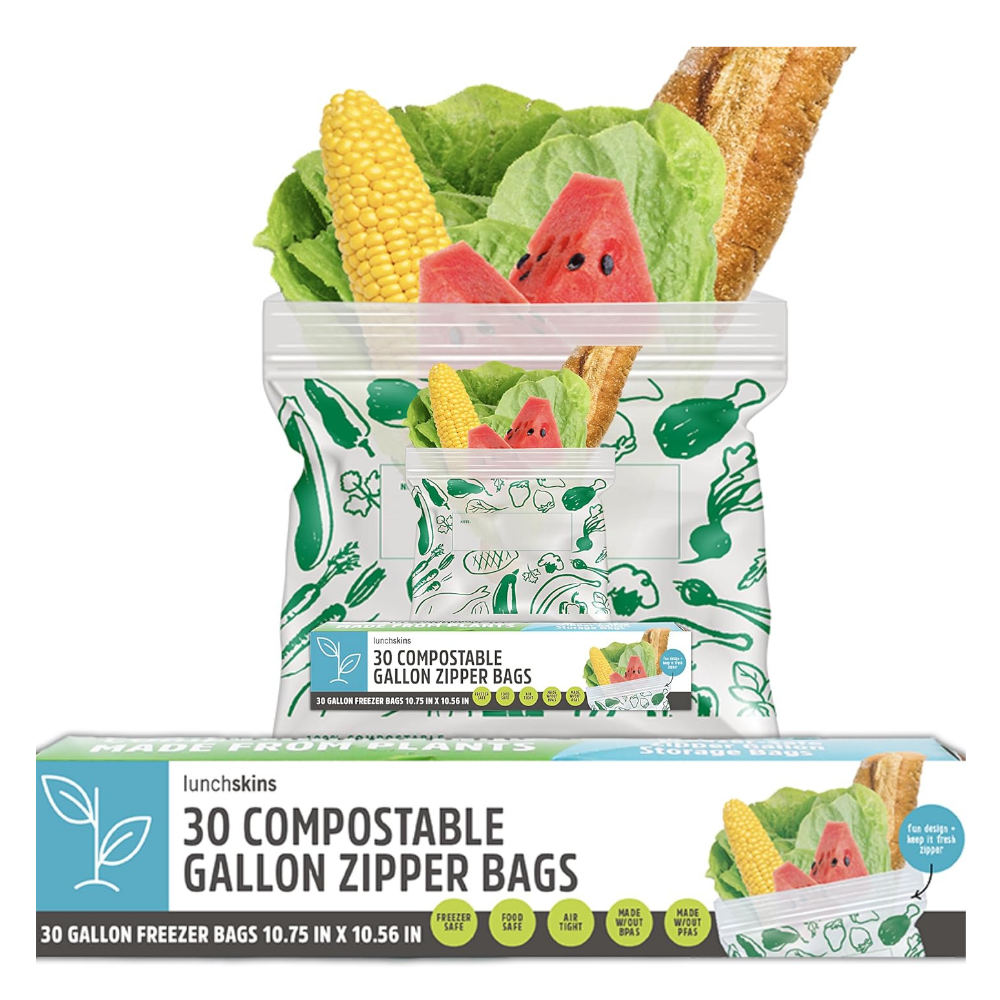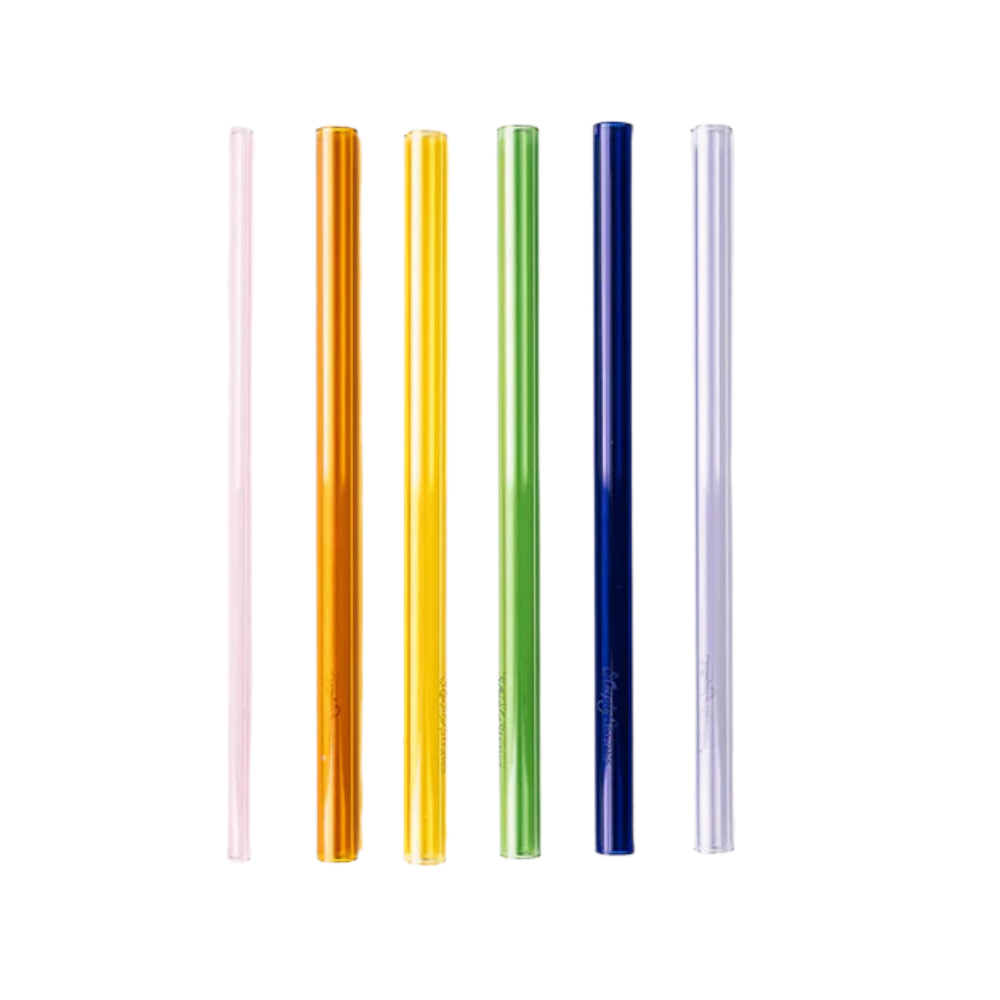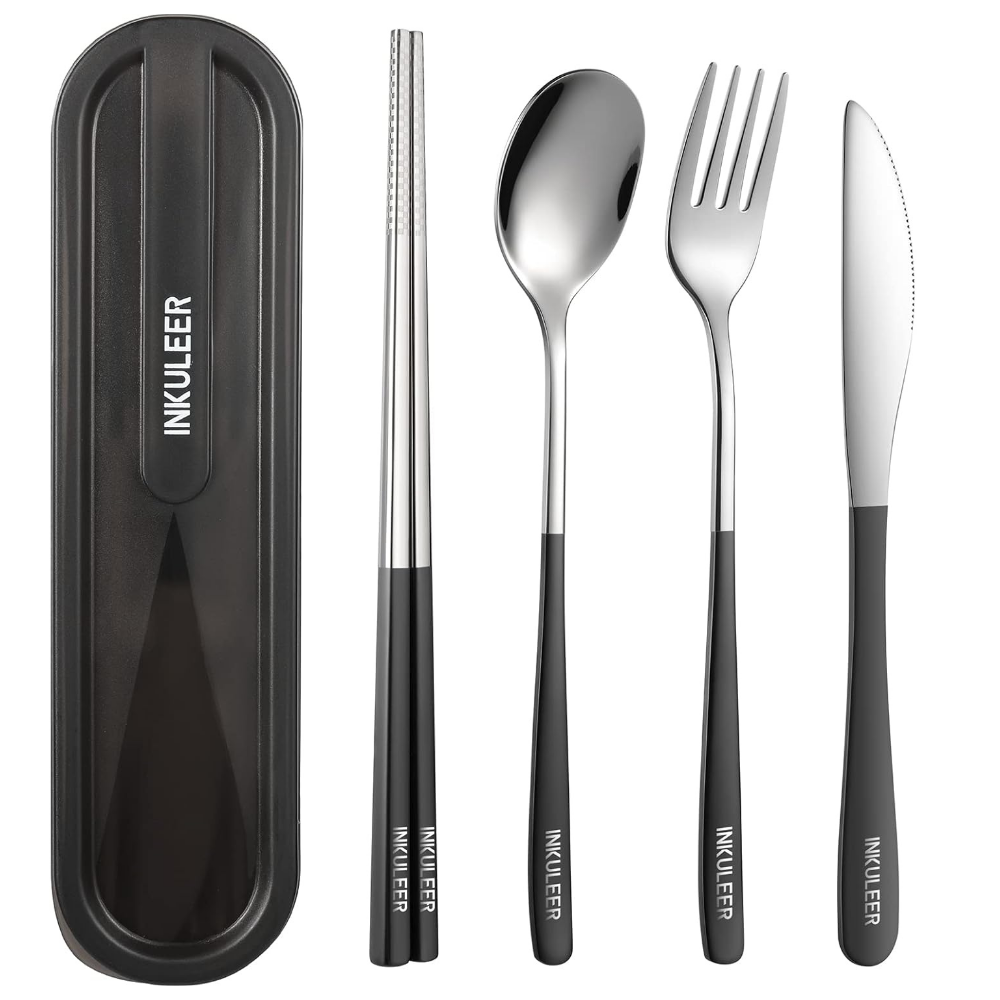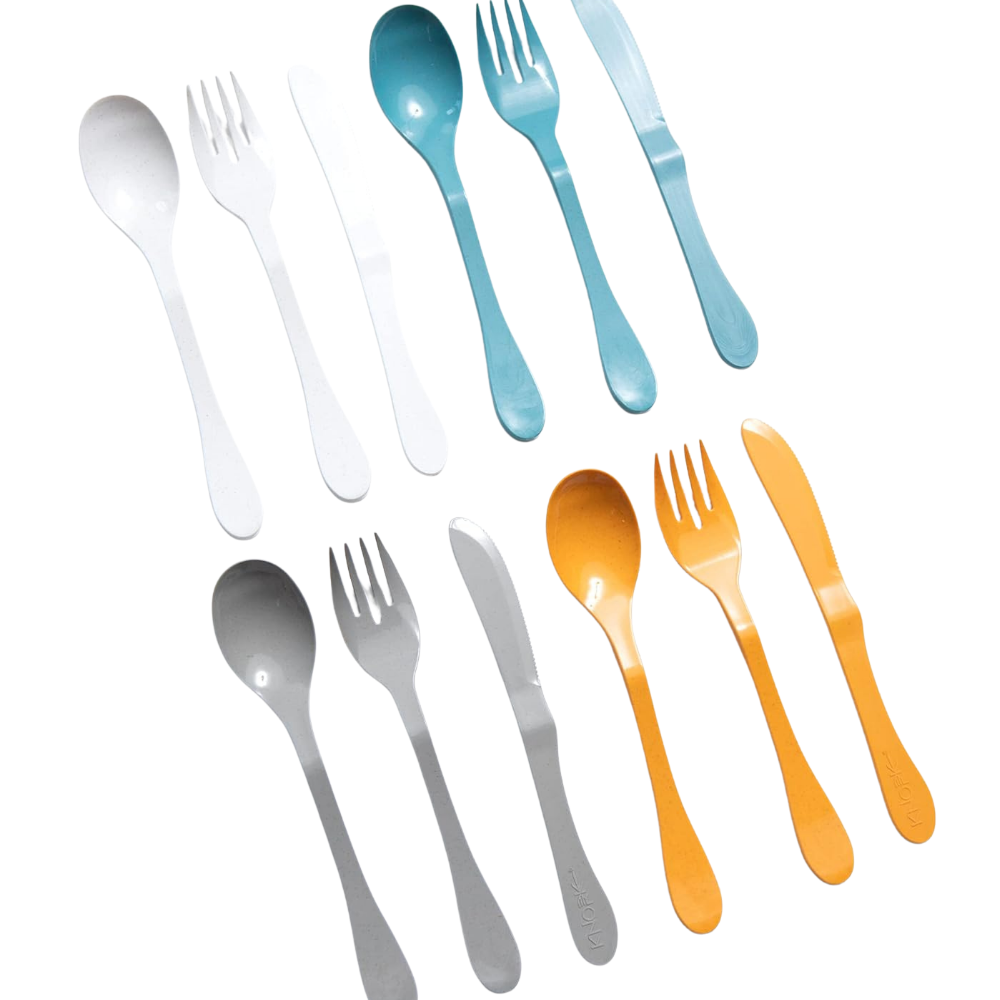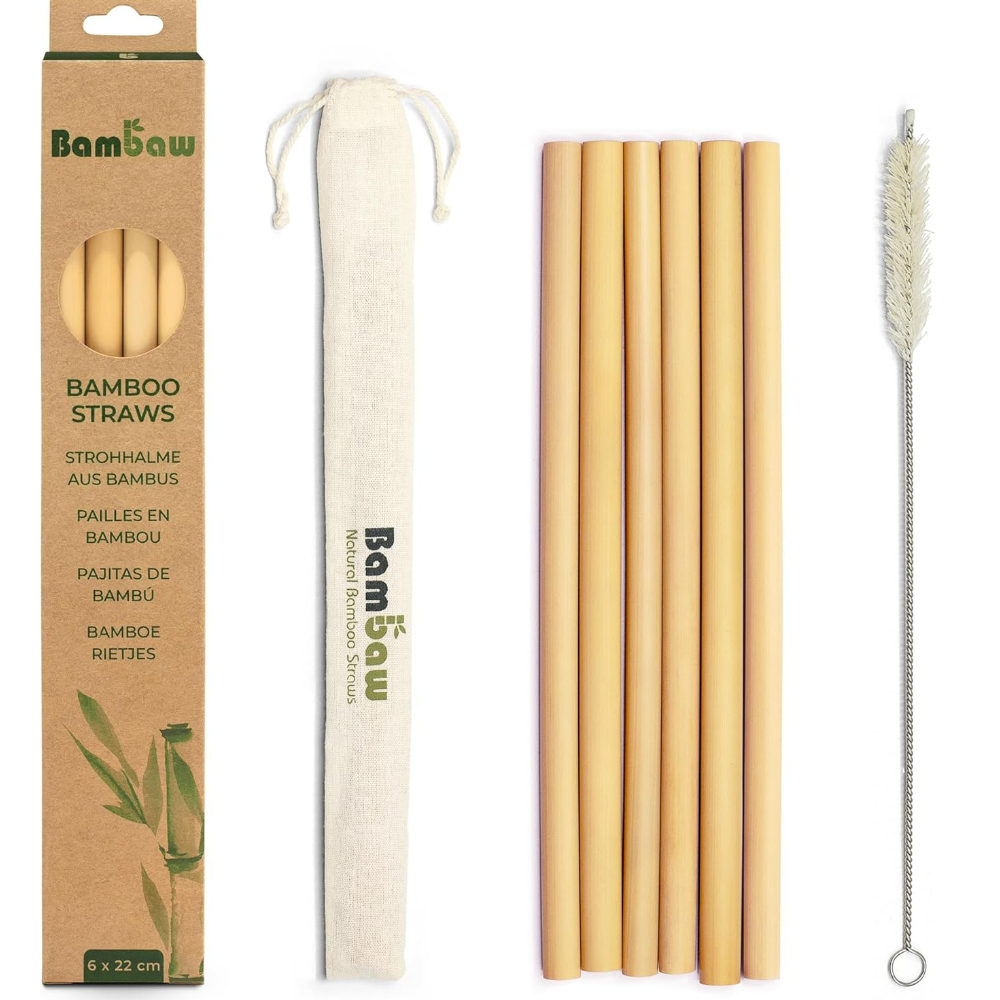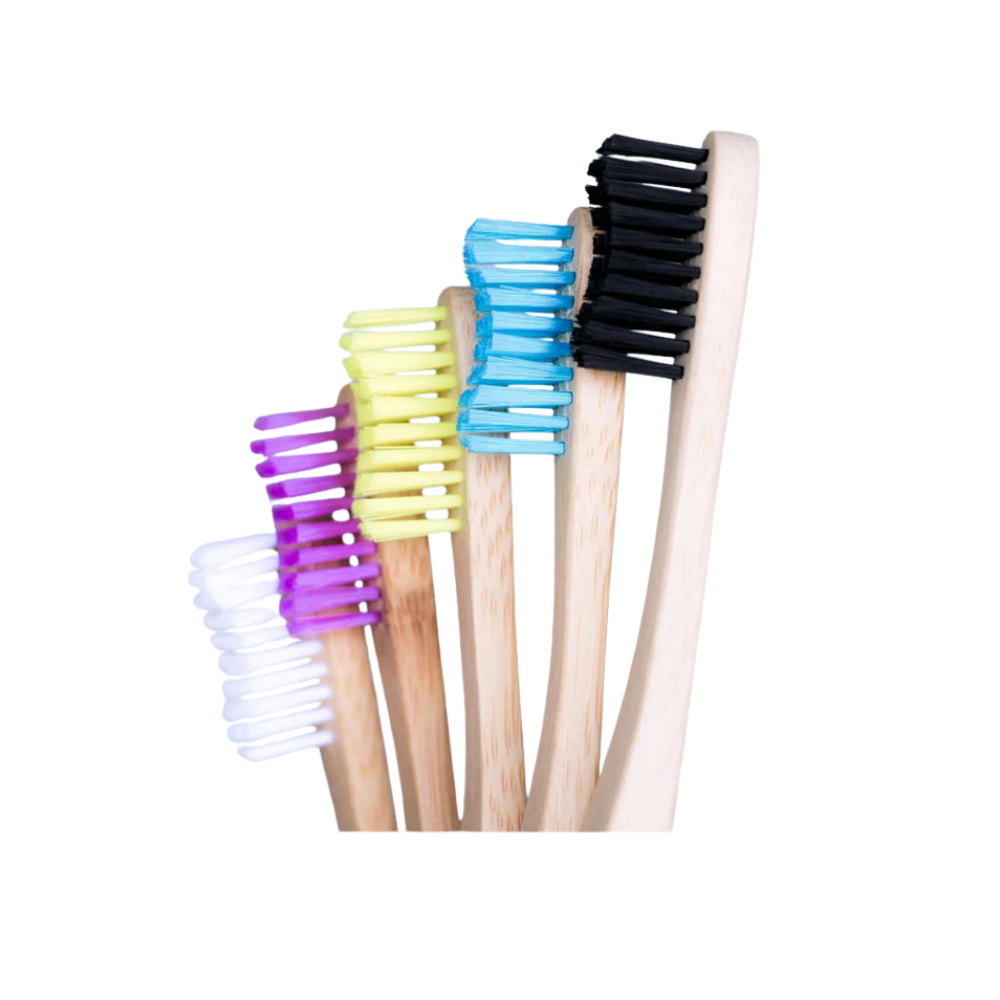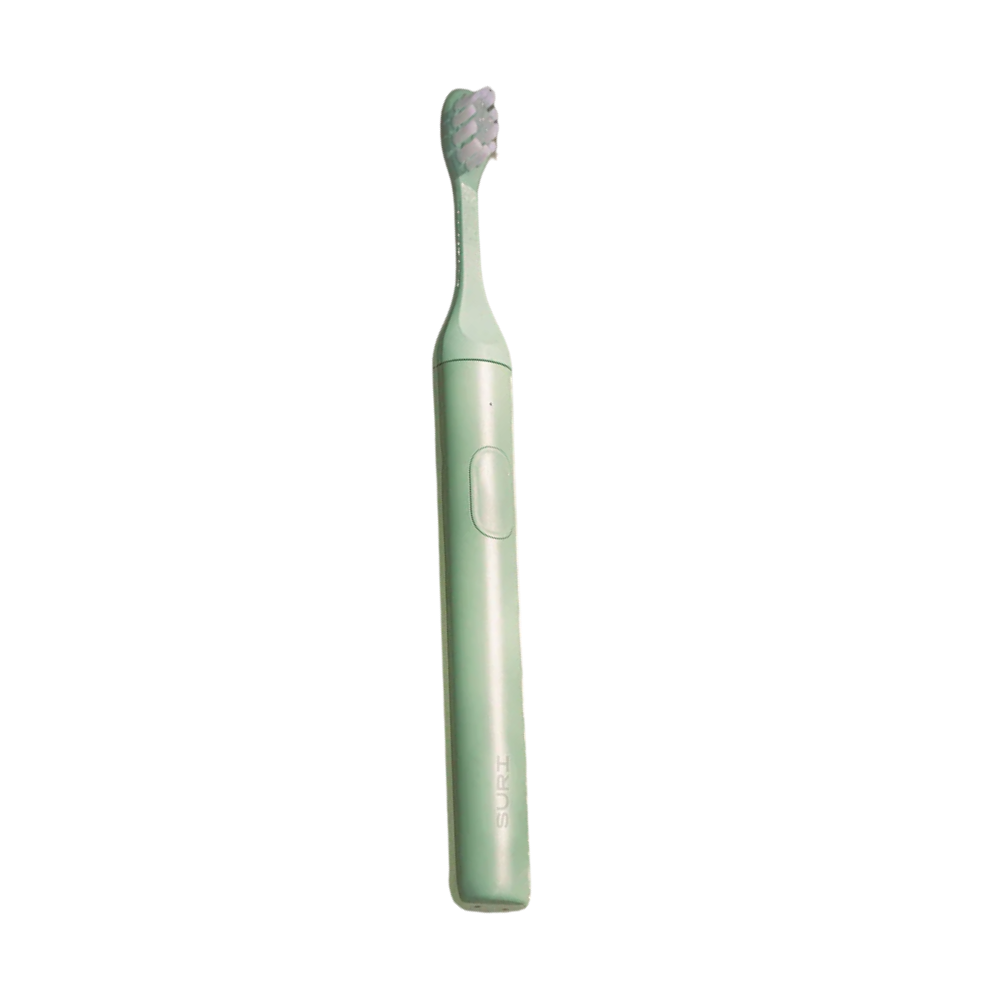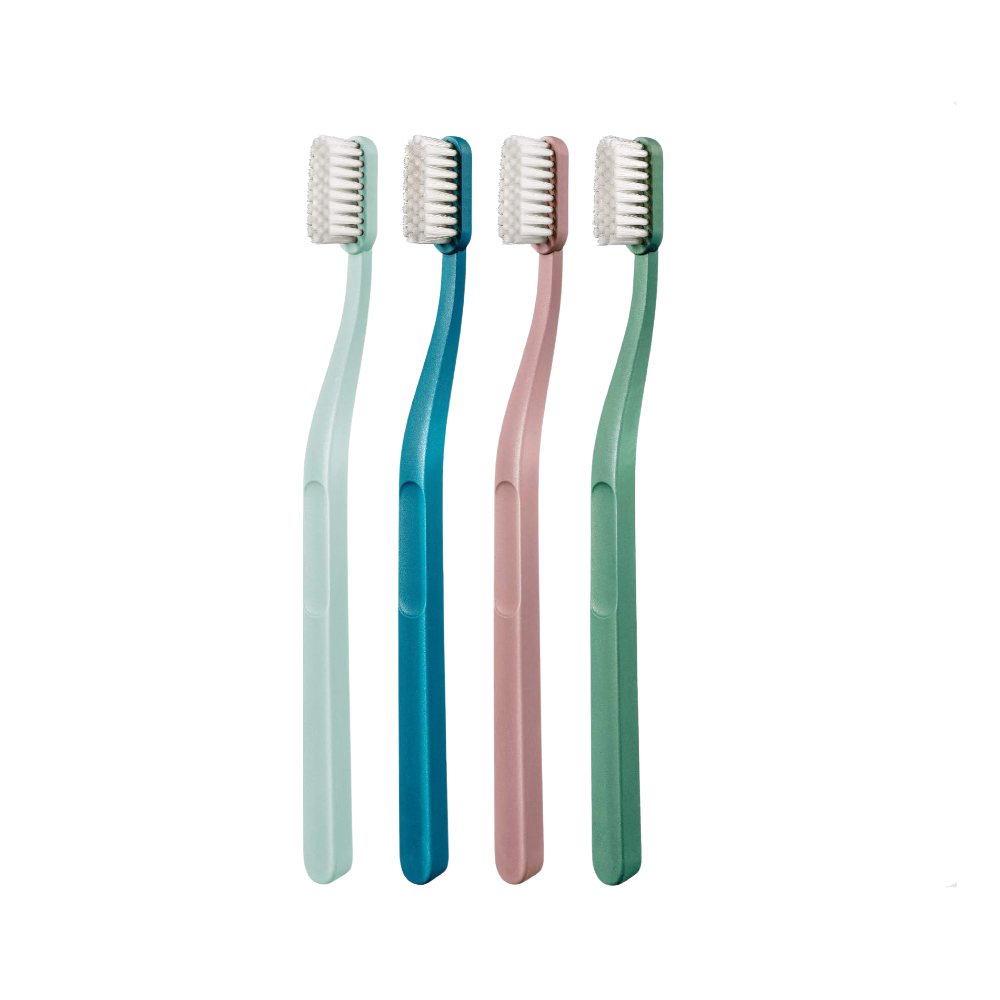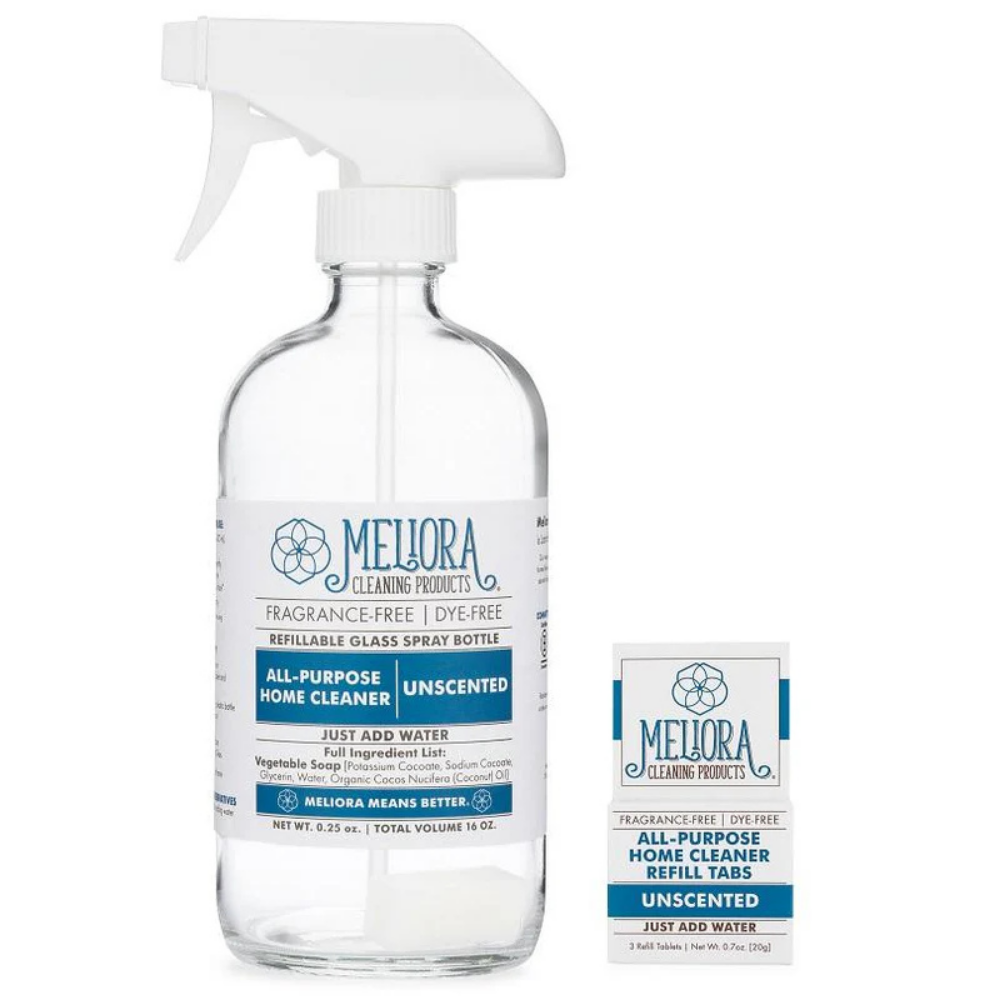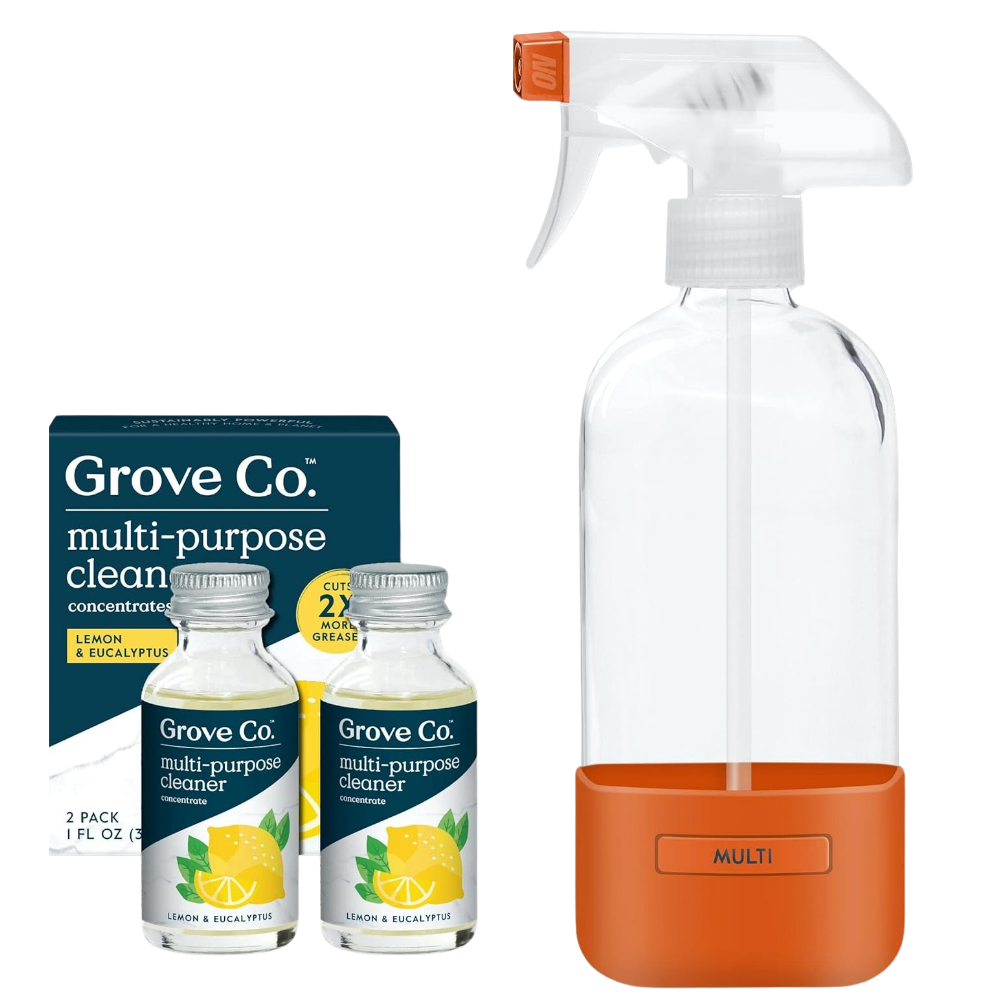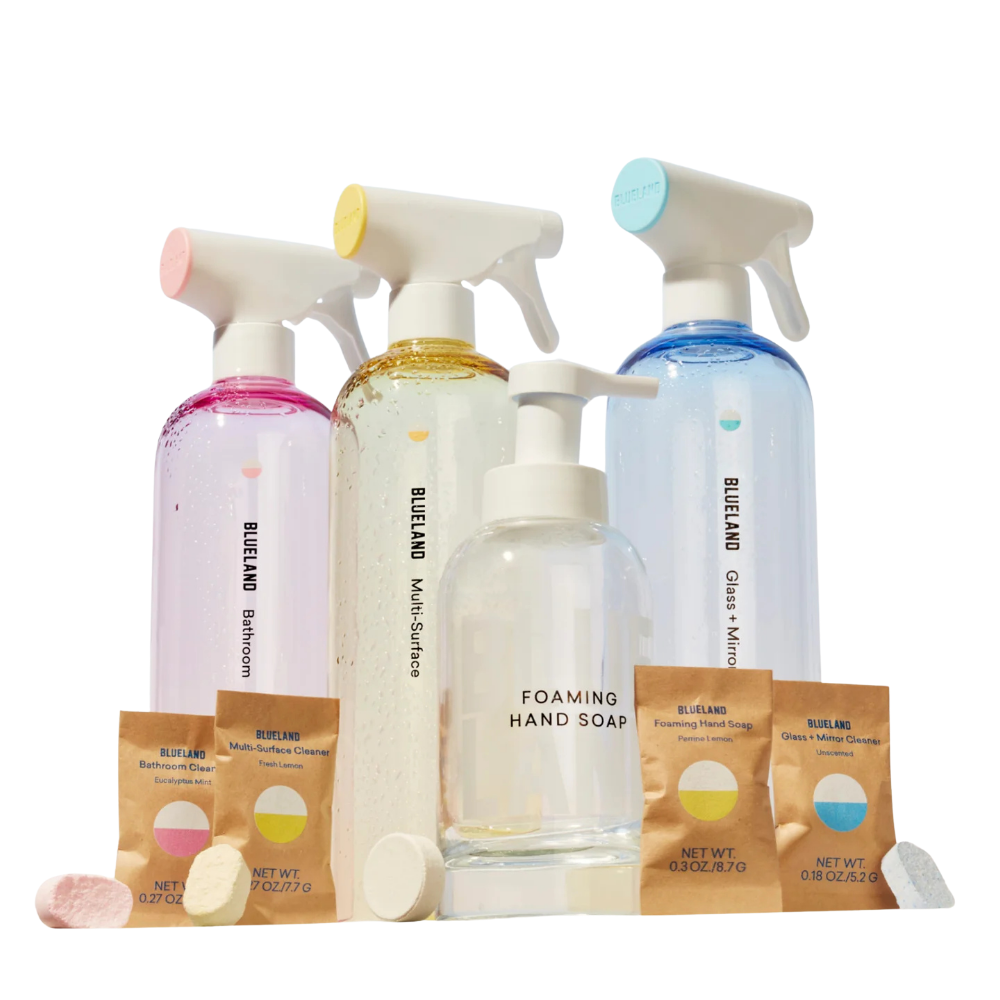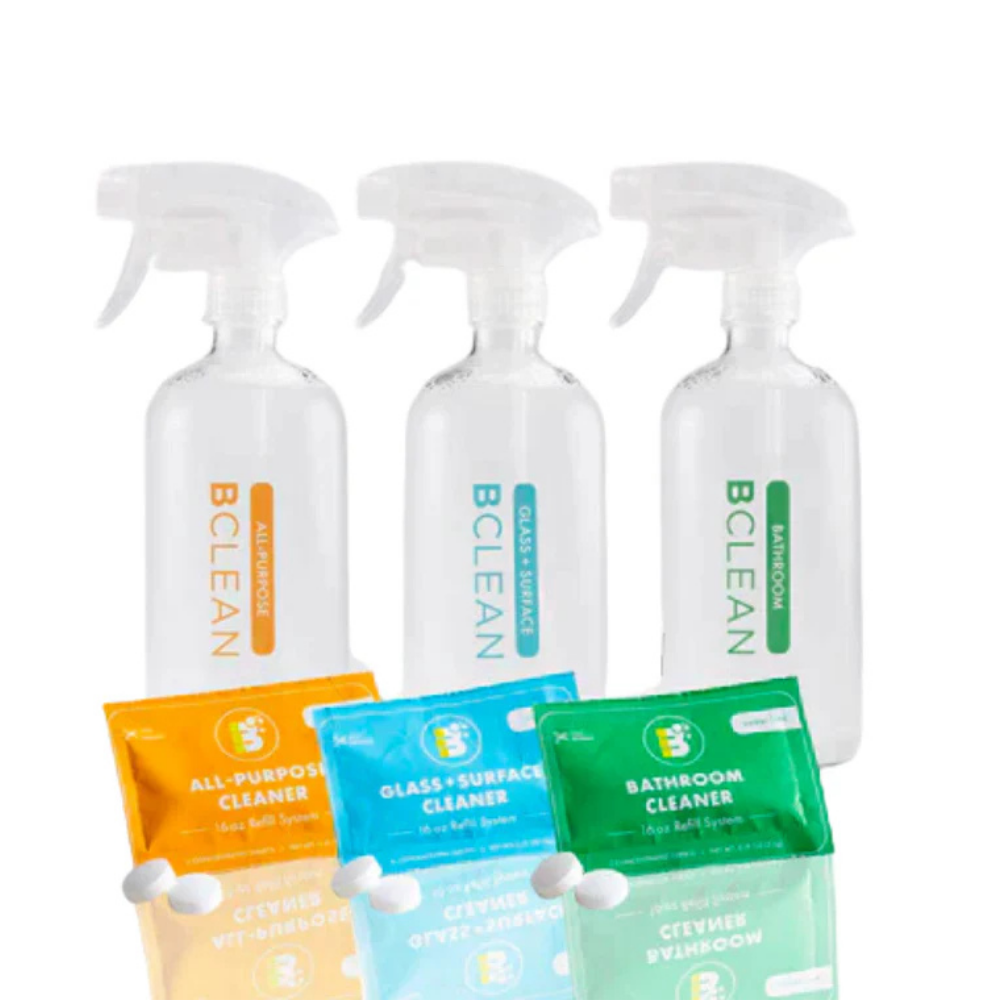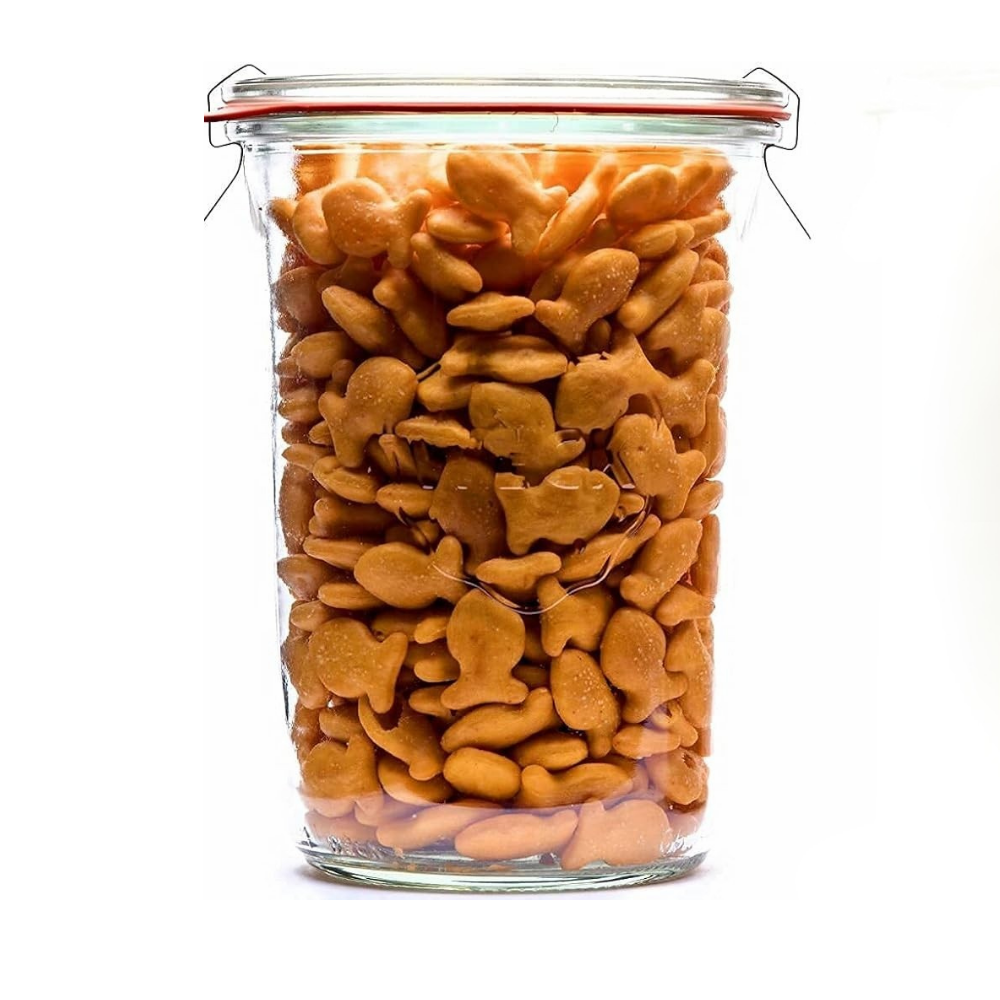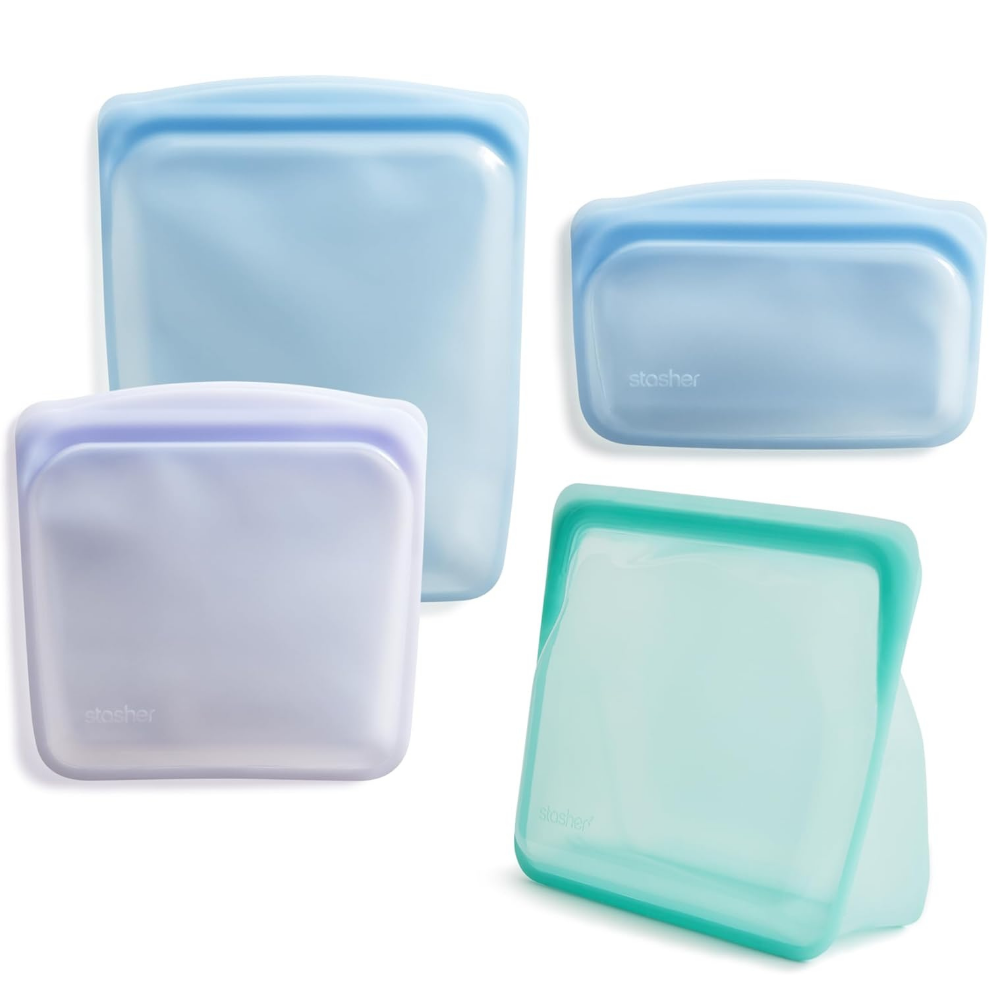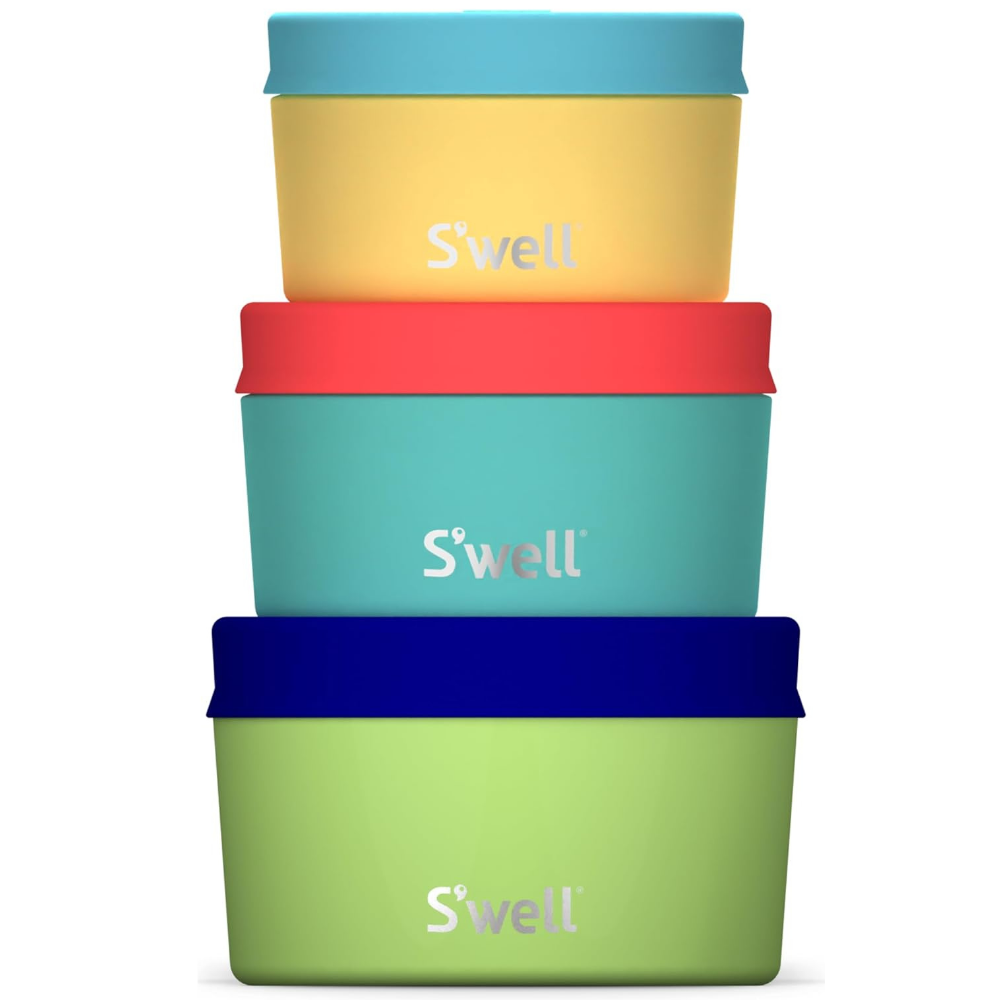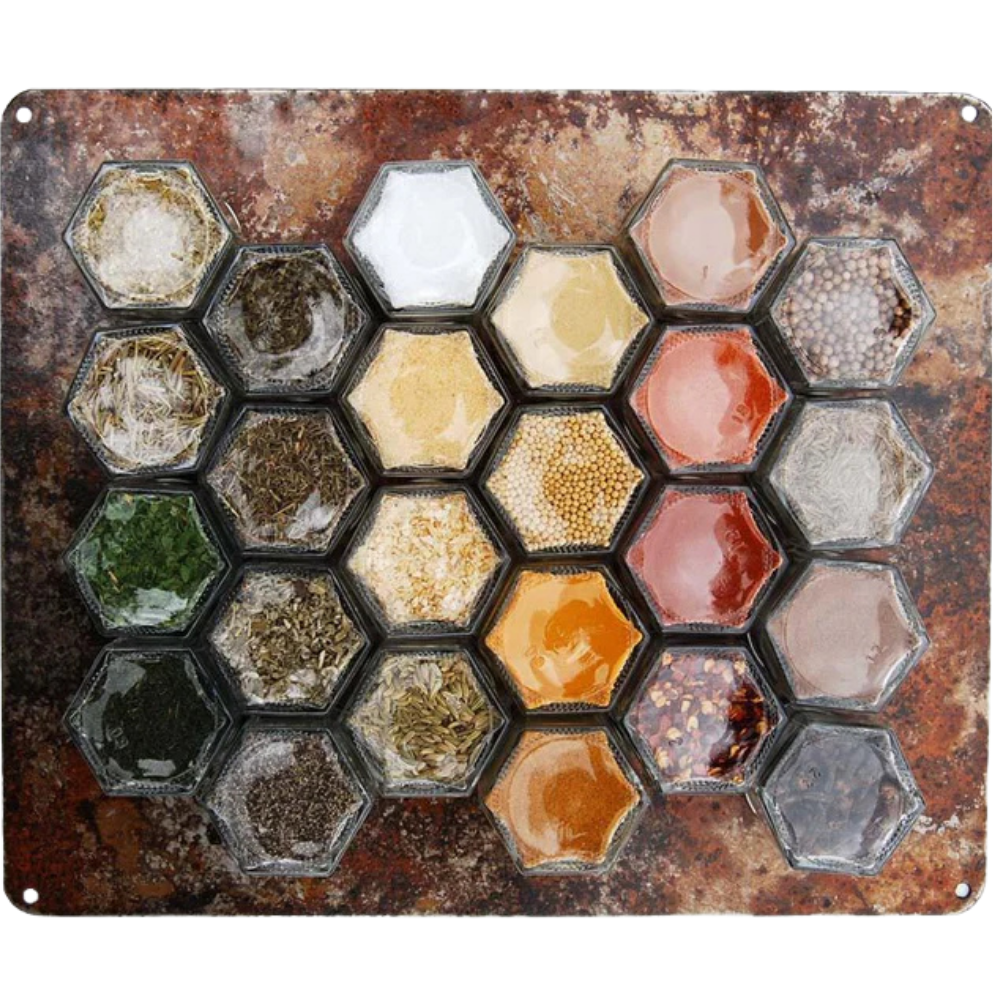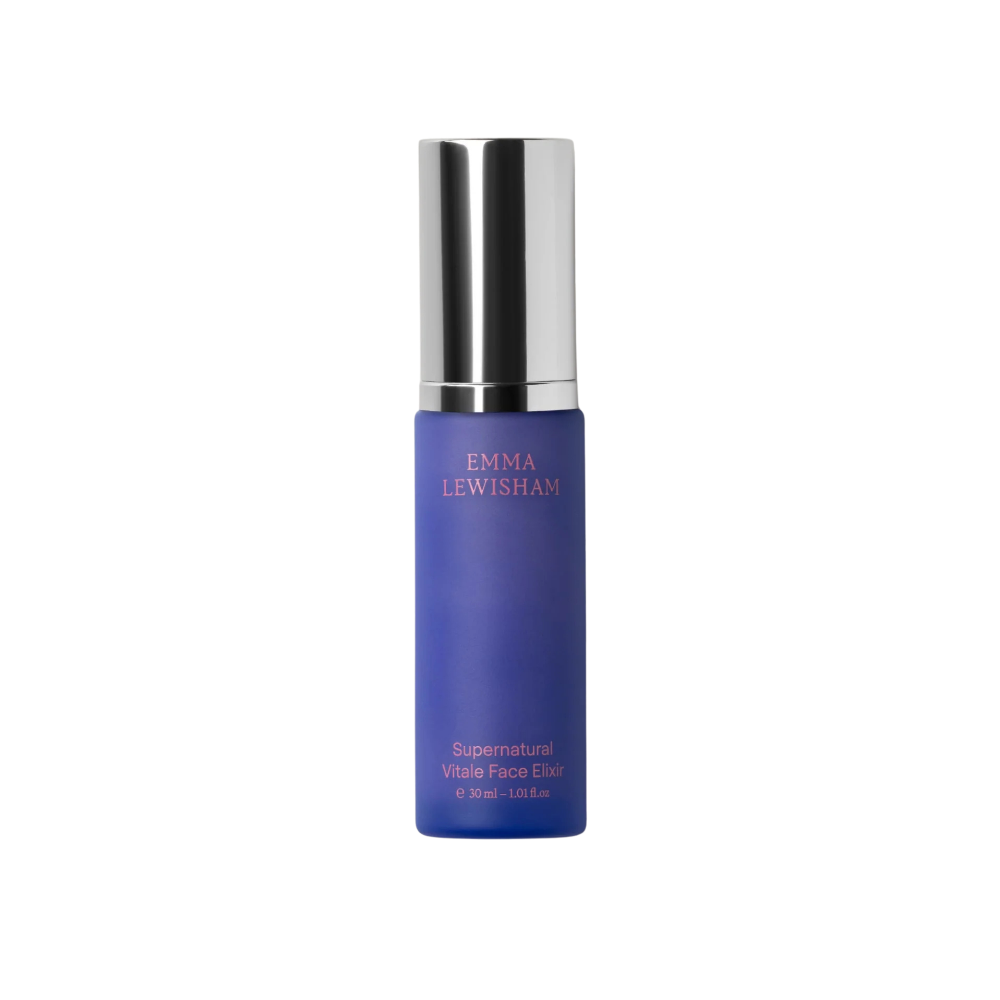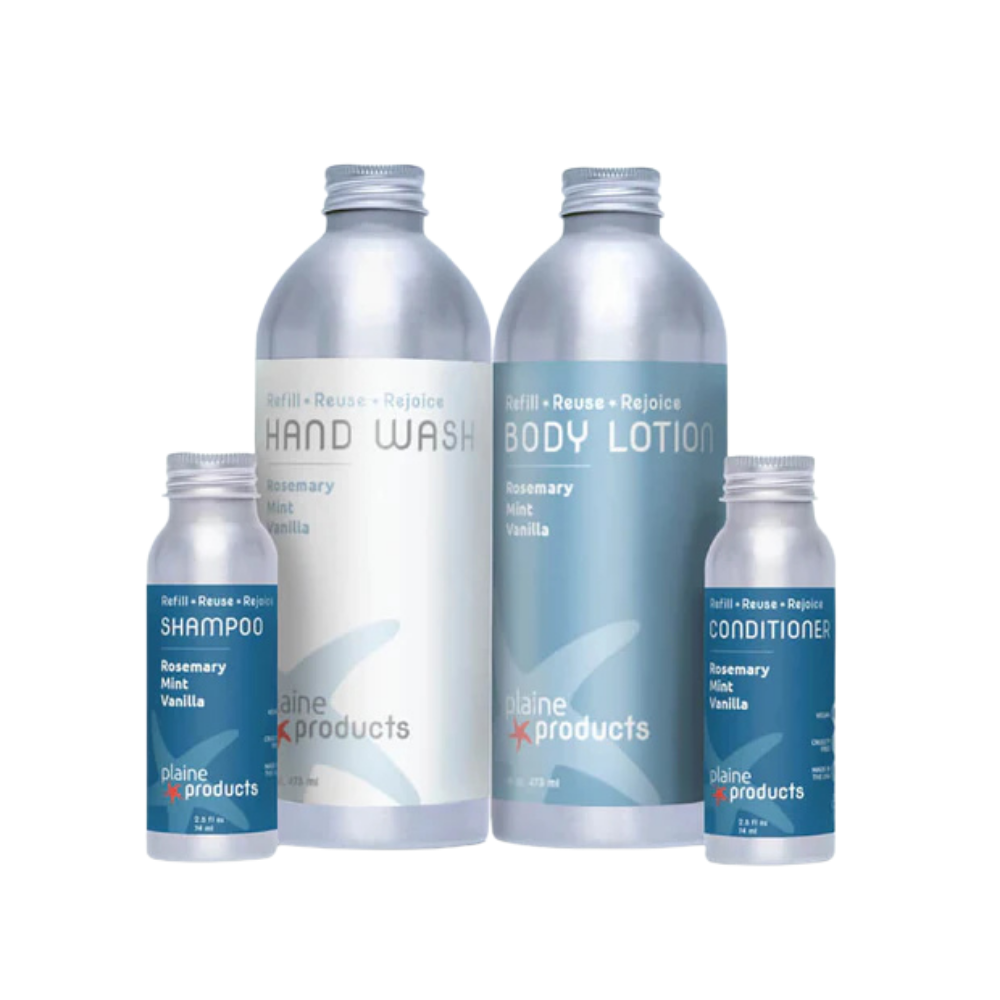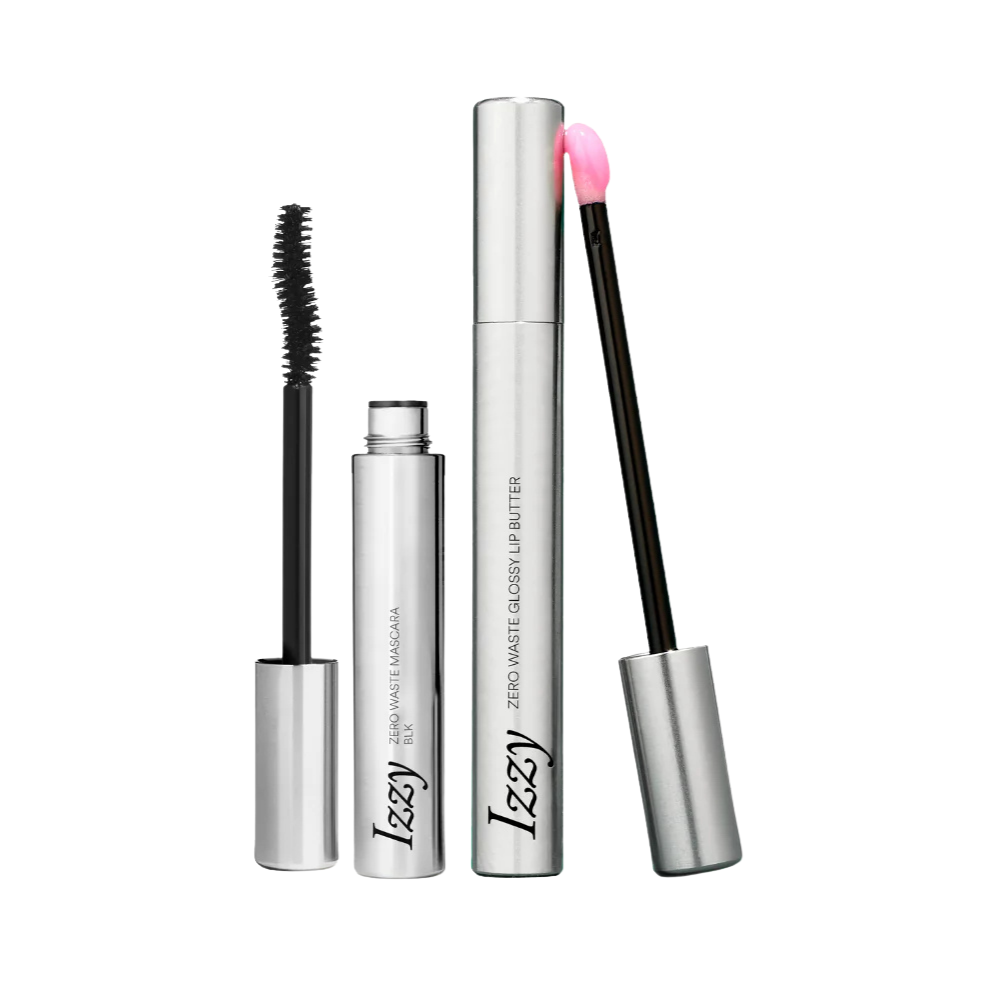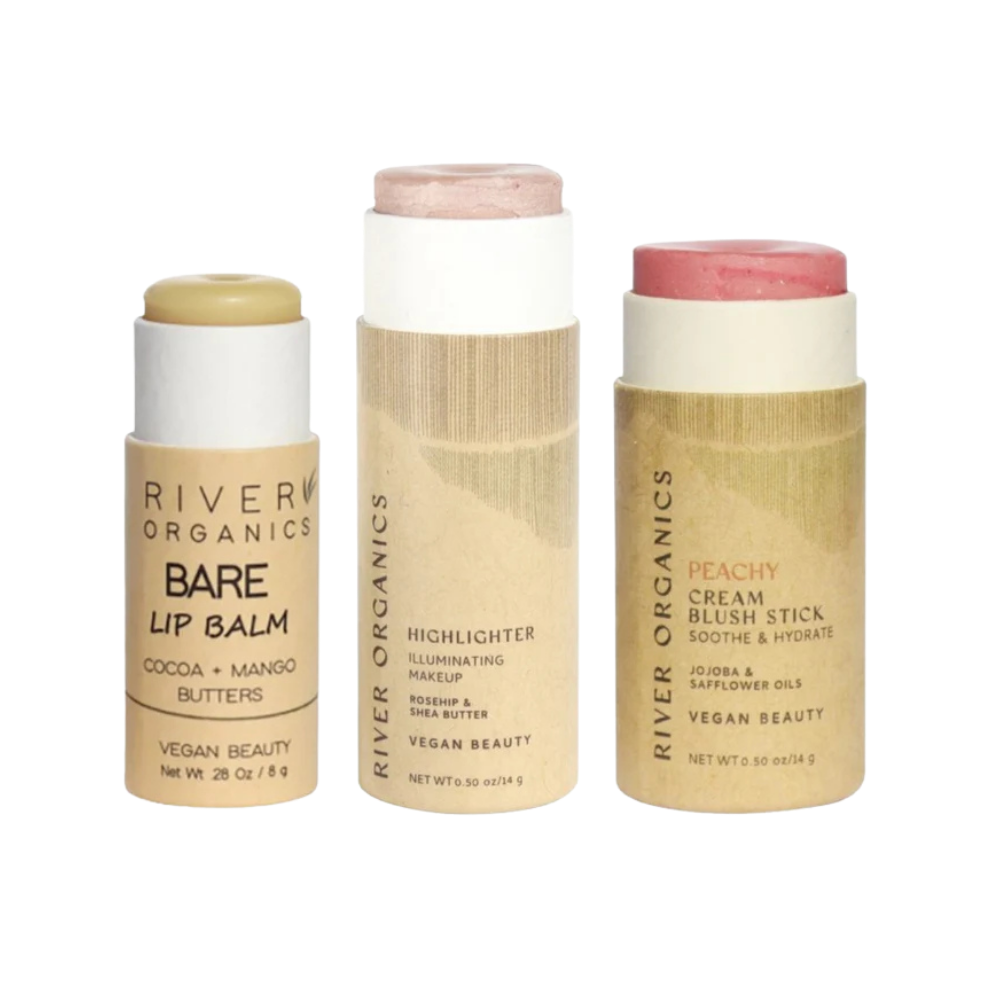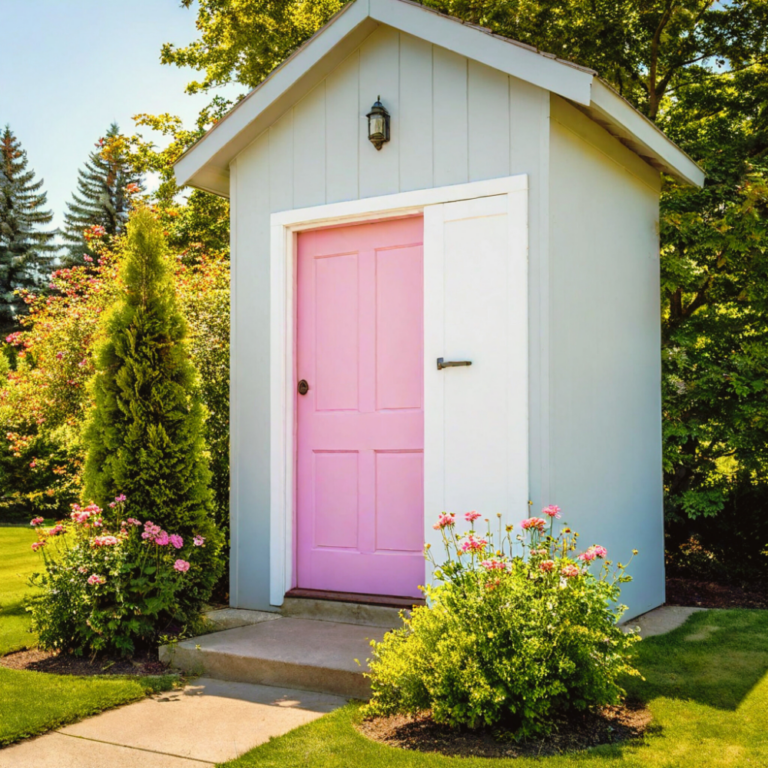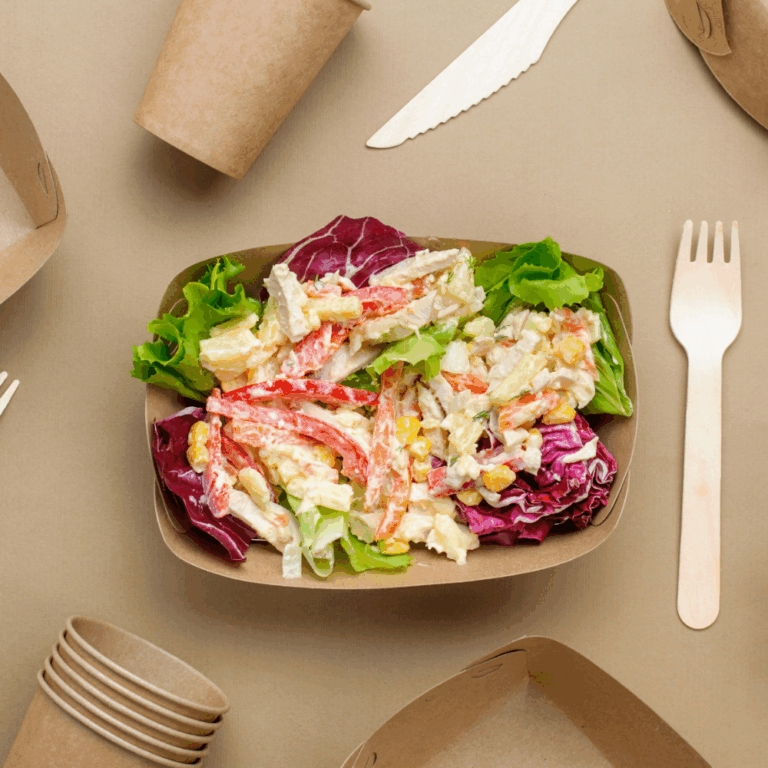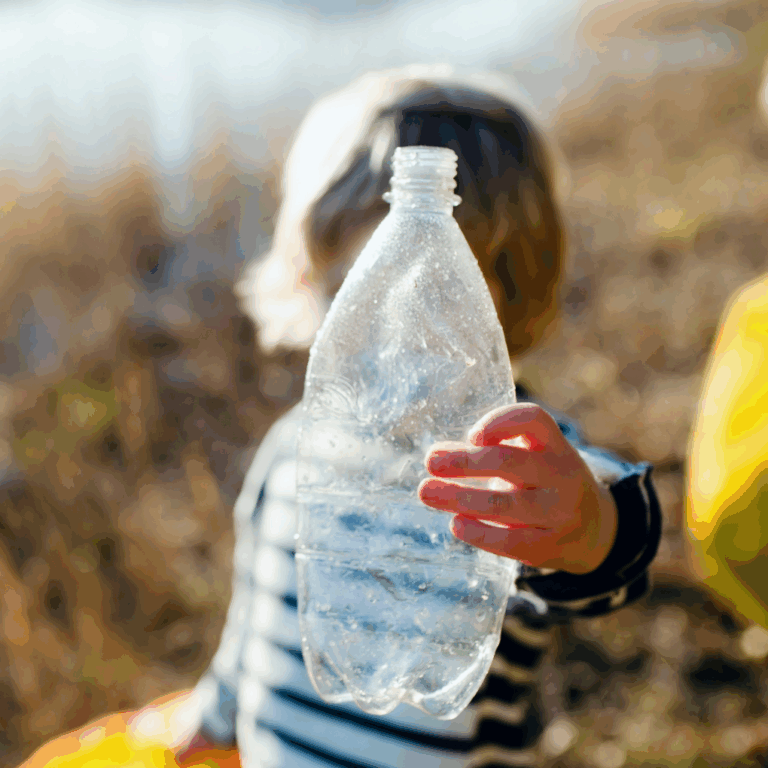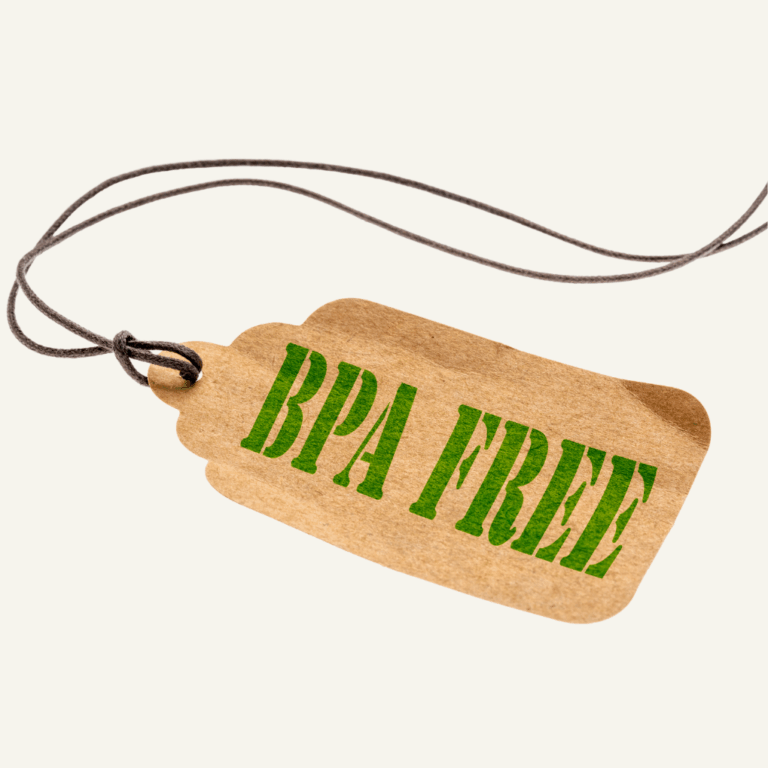Key Takeaways
- Saying no to plastic starts with simple swaps—like reusable bottles, bulk refills, and plastic-free packaging—that reduce waste before it begins.
- Plastic pollution doesn’t disappear; it breaks into microplastics found in oceans, soil, and even human blood.
- Every reusable choice sends a clear signal to companies and policymakers to invest in sustainable materials and smarter design.
Plastic is everywhere—wrapped around our food, lining our bathrooms, even hiding in the air we breathe. It’s convenient, sure, but that convenience comes at a cost. The world now produces about 430 million tonnes of plastic each year, and most of it ends up as waste within months. Only a tiny fraction gets recycled; the rest lingers for centuries, breaking into microplastics that end up in our oceans, soil, and even our bodies.
Saying no to plastic isn’t about perfection. It’s about progress choosing better materials, making mindful swaps, and inspiring others to do the same. Each refill, reuse, or slight change sends a powerful message that convenience shouldn’t cost the planet.
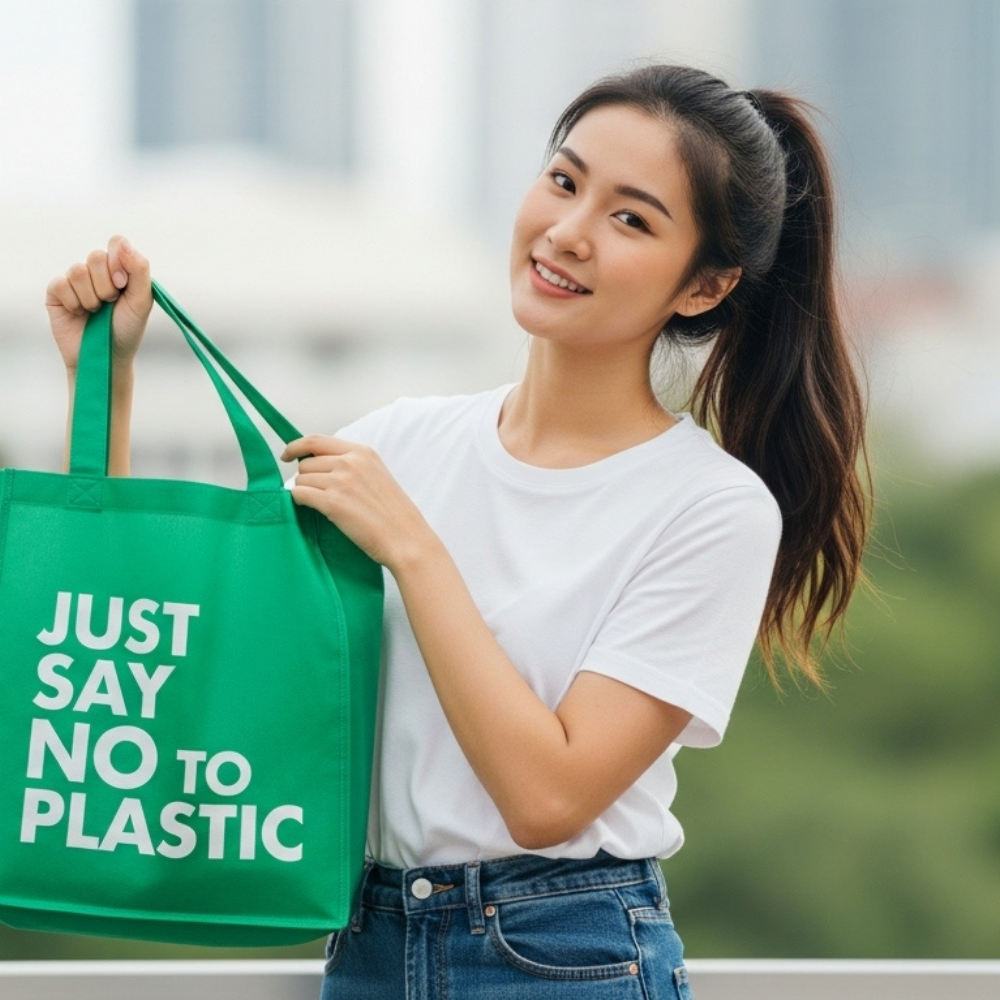
What Are the Best Alternatives to Single-Use Plastic Items?
Saying no to plastic isn’t about giving up convenience — it’s about upgrading it. The best swaps are the ones you actually enjoy using: practical, long-lasting, and just a little more beautiful than their throwaway counterparts.
Here’s how to make plastic-free living feel simple, not stressful.
Everyday Swaps That Stick
Start with the items you use most.
💧 Water bottles: Trade disposable bottles for stainless steel or glass. They’re durable, safe, and save hundreds of plastic bottles a year.
🥗 Lunch containers: Skip the single-use sandwich bags and reach for glass jars, stainless tins, or cloth snack pouches. They’re cleaner, sturdier, and look great in your fridge.
🛍️ Shopping bags: Keep a few canvas or foldable totes in your car or by the door. They’re stronger than plastic and ready whenever you need them.
🍴 On-the-go essentials: A bamboo or metal cutlery set makes it easy to refuse plastic utensils, whether you’re at work, traveling, or grabbing takeout.
Smarter Choices Beyond the Kitchen
Plastic-free living doesn’t stop at food storage. These swaps help you say no to plastic in the rest of your home and routine:
🧸 Toys: Choose wood, fabric, or natural rubber instead of plastic. They’re more durable, safer for kids, and won’t shed microplastics when they wear out.
🎉 Parties & picnics: When reusables aren’t practical, look for compostable cups, plates, and utensils made from cornstarch, bamboo, or sugarcane.
📦 Packaging: Check before you buy. More brands are switching to cardboard, paperboard, or molded fiber instead of plastic clamshells—an easy way to shrink your footprint without changing what you buy.
🧽 Household items: From brushes and cloths to cleaning tools, there are plastic-free options made of bamboo, coconut fiber, and stainless steel that last much longer.
Refill and Bulk Options
Buying in bulk or refilling containers is one of the easiest ways to cut packaging waste. Many grocery and home-care stores now offer refill stations for grains, oils, shampoo, and even cleaning supplies.
Bring glass jars or cloth bags to fill up, or look for brands that offer mail-back refill programs. You return the empty container and they send a fresh one—no plastic waste.
This approach not only reduces plastic packaging but also helps prevent food waste by letting you buy precisely what you need.
What to Look for When You Shop
Every purchase is a small way to say no to plastic. Here’s what to look for — and what to skip — when choosing more sustainable products.
✅ Choose This
- Durable, natural materials like bamboo, glass, stainless steel, ceramic, or wood.
- Reusable or refillable packaging made from glass, metal, or paperboard.
- Meaningful certifications such as Fair Trade, USDA Organic, or Zero Waste.
- Transparent brands that share how and where their goods are made.
❌ Skip This
- Items are shrink-wrapped or sealed in multiple layers of plastic.
- Plastic-coated paper or mixed-material packaging that’s hard to recycle.
- Synthetic blends or fabrics that shed microplastics in the wash.
- “Eco-friendly” claims without proof or clear certifications.
How Long Does Plastic Take to Decompose?
Short answer? Way too long.
Plastics do not decompose like natural materials. Instead, it breaks down into smaller and smaller pieces over time, eventually turning into microplastics that stick around in soil, water, and even our bodies.
So, how long are we talking? Here’s a rough idea:
- Plastic water bottles: up to 450 years
- Plastic straws: around 200 years
- Plastic bags: anywhere from 10 to 1,000 years, depending on conditions
- Styrofoam containers: potentially forever (they don’t break down in a meaningful way)
That’s centuries of waste for a product we might use for five minutes.
And here’s the catch: even when plastic does break down, it doesn’t disappear. It becomes increasingly difficult to see and even more challenging to clean up. Microplastics don’t vanish; they travel through air, water, and food systems. Some have even been found in human blood, lungs, and breast milk.
The bottom line? Every piece of plastic ever made is still out there somewhere. That’s why it’s crucial to reduce our use in the first place. Choosing long-lasting, reusable materials means you’re not just cutting waste, you’re stopping it before it even starts.
Say No to Plastic: The 10 Worst Offenders and What to Use Instead
Let’s be honest—plastic is everywhere. But some forms are especially wasteful, short-lived, and completely avoidable. These are the top offenders: items we use constantly, toss quickly, and rarely recycle. They’re the plastic that clutters our homes, pollutes ecosystems, and breaks down into microplastics that stay with us far longer than we’d like.
The encouraging part? Each one has a better alternative: reusable, refillable, compostable, or built to last. Whether you’re just getting started or looking to elevate your sustainable habits, these swaps are among the most impactful changes you can make today.
1. Disposable Water Bottles
Why It Matters: Globally, we buy over 1 million plastic water bottles that end up in incinerators or the ocean. As they break down, they release microplastics into our environment and our bodies.
Swap It For: A durable, reusable stainless steel or glass bottle. Choose one that’s easy to clean and fits your lifestyle (some even filter your water as you drink). One good bottle can replace hundreds of single-use ones a year and save you money in the long run.
2. Shampoo and Soap Bottles
Why It Matters: The U.S. tosses over 1 billion plastic shampoo bottles yearly, most of which aren’t recycled due to leftover residue or color additives.
Swap It For: Shampoo and soap bars or refill stations at zero-waste stores. Look for plastic-free packaging or bars wrapped in recyclable paper. Bonus: They’re TSA-friendly, space-saving, and last longer than the liquid versions.
3. Plastic Food Storage Containers
Why It Matters: Over time, plastic containers can warp, crack, and shed microplastics—especially when heated. Most curbside programs don’t accept them for recycling.
Swap It For: Glass containers, stainless steel tins, or silicone bags. They’re more durable, safer for reheating, and don’t absorb food smells or stains. A small collection can replace years’ worth of disposable plastic tubs.
4. Plastic Produce Bags
Why It Matters: These ultra-thin bags are used for just a few minutes and can take up to 1,000 years to break down. They’re a major contributor to plastic waste in grocery shopping.
Swap It For: Lightweight cotton or mesh produce bags. They’re washable, breathable, and sturdy enough to hold everything from leafy greens to bulk mushrooms. Just toss them in your shopping bag, and you’re good to go.
5. Plastic Wrap
Why It Matters: It clings to food for a few hours and then clogs landfills and waterways for decades. It’s not recyclable and often gets tangled in machinery at sorting facilities.
Swap It For: Beeswax wraps, silicone lids, or fabric bowl covers. These options are reusable and easy to clean, and they breathe, which helps keep certain foods fresher for longer.
6. Single-Use Utensils and Straws
Why It Matters: Over 40 billion plastic utensils are tossed in the U.S. annually. Because they’re too small and lightweight for sorting facilities, they usually end up in landfills.
Swap It For: A portable set of bamboo or stainless-steel utensils and a reusable straw. Keep them in your bag, lunchbox, or glove compartment, and say no to disposables when eating out or grabbing takeout.
7. Plastic Toothbrushes
Why It Matters: Every plastic toothbrush you’ve ever used is still out there—unless it was incinerated. More than 1 billion are thrown out annually in the U.S. alone.
Swap It For: A bamboo toothbrush (compost the handle when done) or one with a reusable base and replaceable heads. It’s a low-effort switch with a high impact over time.
8. Single-Use Cleaning Bottles
Why It Matters: Most cleaning sprays are made with 90% water and shipped in single-use plastic. Multiply that by how often we clean, and the waste grows quickly.
Swap It For: Refillable cleaning tablets or concentrated refills. Just add water to your own bottle, shake, and clean—there will be no plastic waste and fewer carbon emissions from shipping.
9. Individually Packaged Pantry Items
Why It Matters: Think snack packs, tiny spice jars, and single-serve condiments. These are convenient but have a heavy plastic footprint that’s rarely recyclable.
Swap It For: Shop in bulk whenever possible. Use your jars or cloth bags to stock up on grains, nuts, spices, and snacks. You’ll reduce waste and often save money as well.
10. Plastic Packaging on Everyday Goods
Why It Matters: Packaging accounts for over one-third of all plastic production, and most is used just once. Even items labeled “recyclable” often aren’t accepted locally.
Swap It For: Look for products packaged in cardboard, compostable film, or nothing. Support brands that take packaging seriously and offer refills or plastic-free alternatives.
Supporting Plastic-Free Initiatives (and How You Can Join In)
Scaling individual swaps into collective action is crucial to transforming plastic-free goals into tangible, real-world change. Here’s how to boost your impact, along with inspiring examples:
Buy from eco-friendly and ethical brands
Every purchase is a vote. Support retailers that prioritize plastic-free packaging, use zero-waste products, and avoid unnecessary plastic wrap or coverings.
- Marley’s Monsters offers reusable baby wipes and pouches that are plastic-free in production and packaging.
- UK-based Vegware produces plastic-free catering disposables made from plant-based, compostable materials, ideal for cafés or events.
- Notpla and the Paper Water Bottle Company are innovating plastic-free packaging with seaweed and recycled fiber alternatives.
Show your support for bans and local policies
Backing civic measures is a simple but powerful way to reduce single-use plastic pollution:
- California will ban all plastic shopping bags in grocery stores from Jan 1, 2026 replacing them with recycled paper options or reusable bags
- Twelve U.S. states (including Washington, Colorado, and New York) already enforce plastic bag bans, collectively cutting billions of bags from circulation.
- San Marcos and New Braunfels in Texas prohibit disposable containers in key river zones as part of eco-friendly clean-up campaigns.
- Check your city’s recycling or sustainability office for current or upcoming bans on plastic bags, plastic wrap, or Styrofoam food containers.
Join or launch a plastic-free pledge
Community pledges, workplace challenges, and group initiatives make plastic reduction achievable and contagious.
- Asheville, NC, ran its “Less Plastic Asheville Challenge” to curb plastic waste through individual pledges and community events.
- Andhra Pradesh in India revived a statewide anti-plastic drive, encouraging small businesses to use banana-leaf plates and wooden spoons backed by subsidies for plastic pollution solutions.
Share your impact and spread plastic-free buzz
Make sustainability social:
- Celebrate small wins, like finding local plastic-free alternatives or plastic-free catering at events.
- Promote initiatives whether it’s a brand reducing plastic packaging or a local ban.
- Raise awareness about plastic pollution solutions and encourage choices among shopkeepers, schools, and workplace managers.
✨ Why This Matters
Small Actions Lead to Big Impact
Supporting broader efforts, such as eco-friendly brands, packaging innovations, policy measures, and community pledges, amplifies your impact. It turns plastic avoidance from a personal choice into a movement.
Isn’t Recycling Enough to Solve Plastic Pollution?
It would be nice to toss something in the blue bin and call it a day—but that’s not how it works.
Recycling has its place, but it’s not our sole solution. Globally, only about 9% of the plastic ever produced has been recycled. The rest? It’s either sitting in landfills, burned in incinerators, or scattered across the environment.
Why so little? Most plastic isn’t even recyclable, to begin with. It’s contaminated with food, made from mixed materials, or not profitable for recycling facilities. And even technically recyclable items, such as bottles and jugs, can usually only be recycled once or twice before they’re downcycled into something less valuable. After that, it’s trash.
Meanwhile, plastic production keeps climbing. So we’re recycling a tiny slice while producing millions of new tons yearly.
Real change means turning off the tap, not just trying to mop up the mess. That’s why refusing single-use plastics, choosing reusable materials, and supporting plastic-free packaging matter much more than crossing our fingers at recycling.
6 Simple Ways to Say No to Plastic
Saying no to plastic doesn’t mean changing everything overnight. It’s about small, steady steps that fit your lifestyle and add up over time.
1. Start with What You Run Out Of
When something runs out —like shampoo, dish soap, or sandwich bags —it’s the perfect low-pressure moment to switch to a plastic-free option. No guilt, no waste, just a natural upgrade. It’s easier (and cheaper) than overhauling your entire home at once.
2. Keep Reusables Visible
Out of sight, out of mind. Keep your water bottle, shopping bags, or food containers in spots you’ll see them by the door, in your car, or at your desk. A little visibility turns good intentions into daily habits.
3. Forget “Zero-Waste Perfection”
You don’t need a picture-perfect pantry or matching jars. Use what you have, skip the pressure to look “eco-aesthetic,” and focus on habits that work for real life.
I love this quote, inspired by Harry S. Truman’s philosophy:
“Imperfection in action always beats perfection in intention.”
4. Learn Local Recycling Rules
Recycling labels can be confusing, and not all plastics are accepted everywhere. Check your local guidelines (usually on your city’s website). Knowing what’s recyclable helps you make smarter choices and reduces what ends up in the trash.
5. Support Brands Doing It Right
From plastic-free packaging to refill stations and return programs, some brands make sustainable choices easier. Let your purchases reflect your values — those small decisions push the market toward better options.
6. Share What You’re Learning
That reusable lunchbox or shampoo bar might spark curiosity. Talk about it! A quick, honest chat can inspire someone else to make a small change, and that ripple effect is how movements grow.
FAQs on Say No to Plastic
It’s about choosing better materials, not living a perfectly plastic-free life. Saying no to plastic means replacing single-use plastics like bags, bottles, or wrap with reusable, refillable, or compostable alternatives. Each swap helps reduce demand for fossil fuel–based plastics and pushes companies toward sustainable design.
Plastic production drives pollution from start to finish. It begins with oil extraction, releases toxins during manufacturing, and lingers for centuries after disposal. Most plastics never decompose—they break down into microplastics that contaminate water, soil, and even the air we breathe. These tiny particles are now found in seafood, drinking water, and even human blood, according to multiple studies. Cutting plastic use helps protect ecosystems, wildlife, and our own long-term health from this growing form of pollution.
Begin with daily habits. Use a stainless steel or glass water bottle, bring your own tote bags, and switch to bar soap or refillable cleaning products. Focus on replacing what you run out of—like shampoo bottles or food containers—so the transition feels natural rather than overwhelming.
Not usually. Many “biodegradable” plastics only break down under specific industrial conditions that aren’t available in most local facilities. When tossed into landfills or the environment, they can behave just like regular plastic. Look for certified compostable products (like those made from cornstarch or sugarcane) or skip plastic altogether by choosing materials like glass, bamboo, or metal.
Final Thoughts About Say No to Plastic
Saying no to plastic does not mean overhauling your entire life. It just means paying attention to what we use, what we toss, and what we can swap for something better. Every choice adds up, from your water bottle to your food storage to how you shop for soap or snacks.
Plastic pollution is not just about what ends up in the ocean. It is in our soil, food, and even our bodies—thanks to microplastics from everyday products we barely think twice about. But we are not stuck with it. Better options exist; they are already in your hands, in the kitchen, and a local refill shop.
Start where it feels doable. Keep going when it feels right. And remember, progress is not about perfection. It is about choosing a little less plastic every chance you get.
Don’t Miss: Microplastics — Health Risks, Sources, and How to Reduce Exposure 👉 Learn how plastic pollution turns into microscopic particles that end up in our food, water, and even our bodies—and what you can do to reduce your exposure. Read more →📚 References
- Geyer, R., Jambeck, J. R., & Law, K. L. (2017). Production, use, and fate of all plastics ever made. Science Advances, 3(7), e1700782. https://doi.org/10.1126/sciadv.1700782
- National Oceanic and Atmospheric Administration. (2023). Marine debris program: Plastic pollution facts. https://marinedebris.noaa.gov/
- Organisation for Economic Co-operation and Development. (2022). Global plastics outlook: Economic drivers, environmental impacts and policy options. https://doi.org/10.1787/de747aef-en
- United Nations Environment Programme. (2023). Everything you need to know about plastic pollution. https://www.unep.org/news-and-stories/story/everything-you-need-know-about-plastic-pollution
